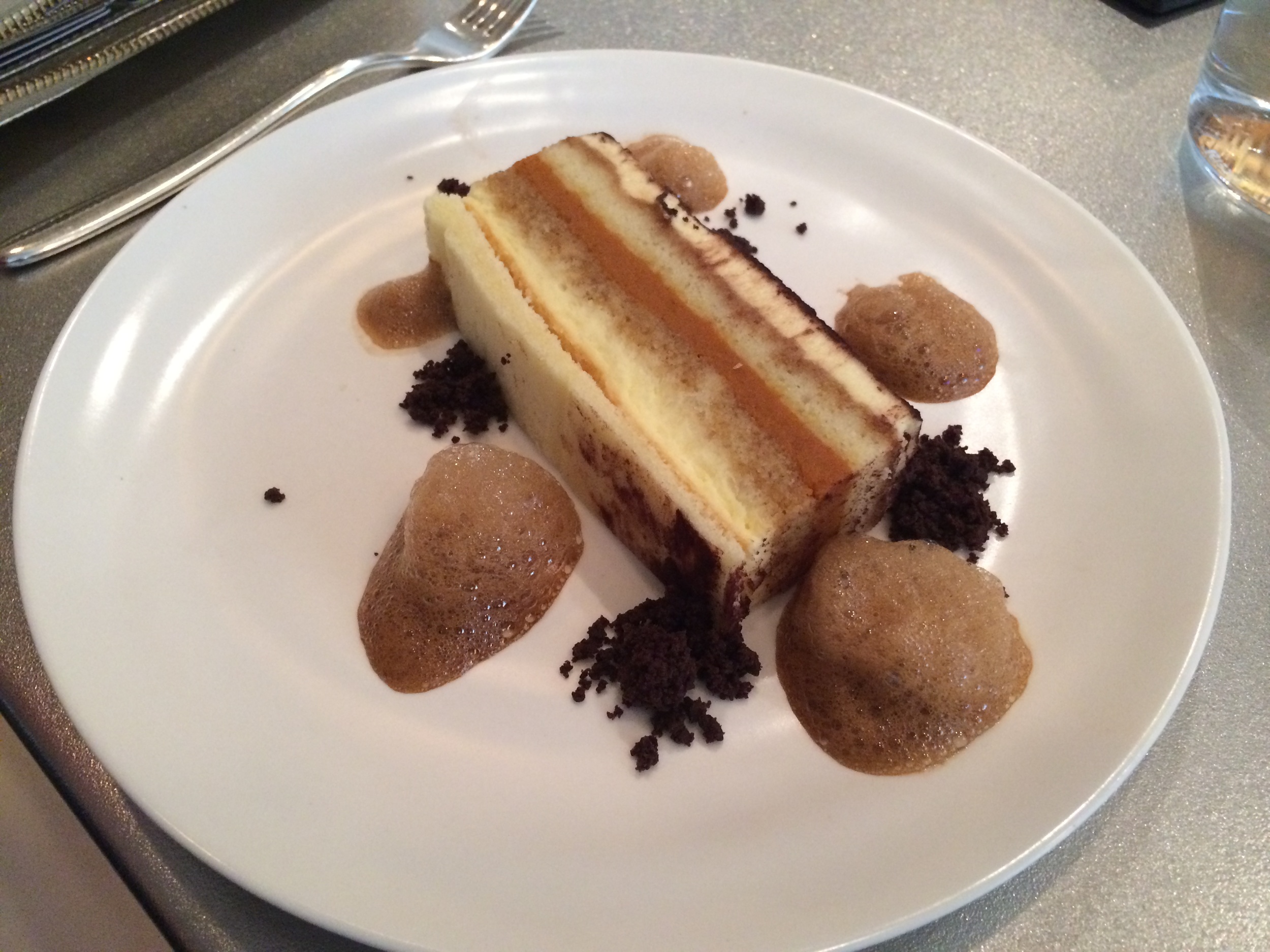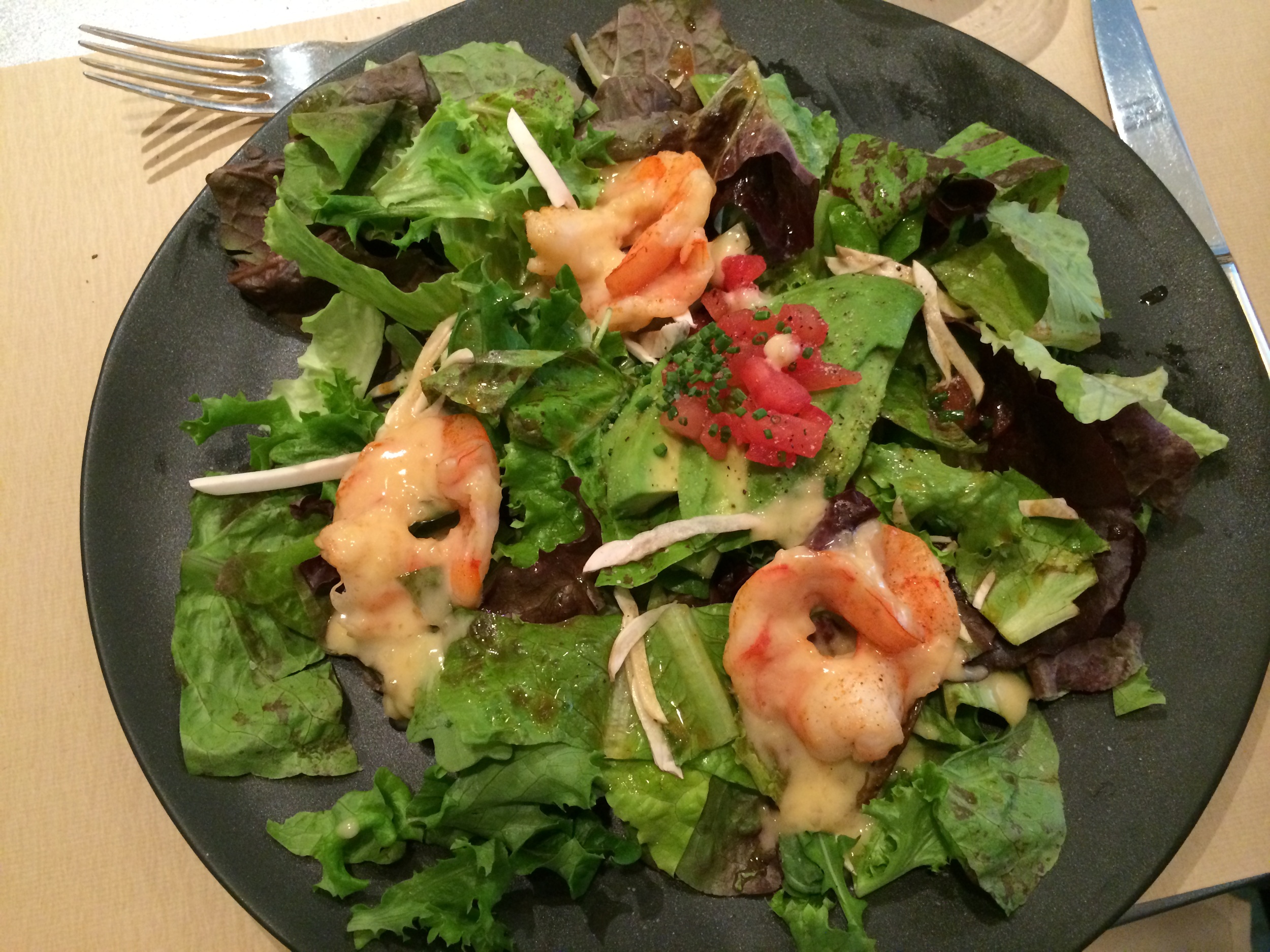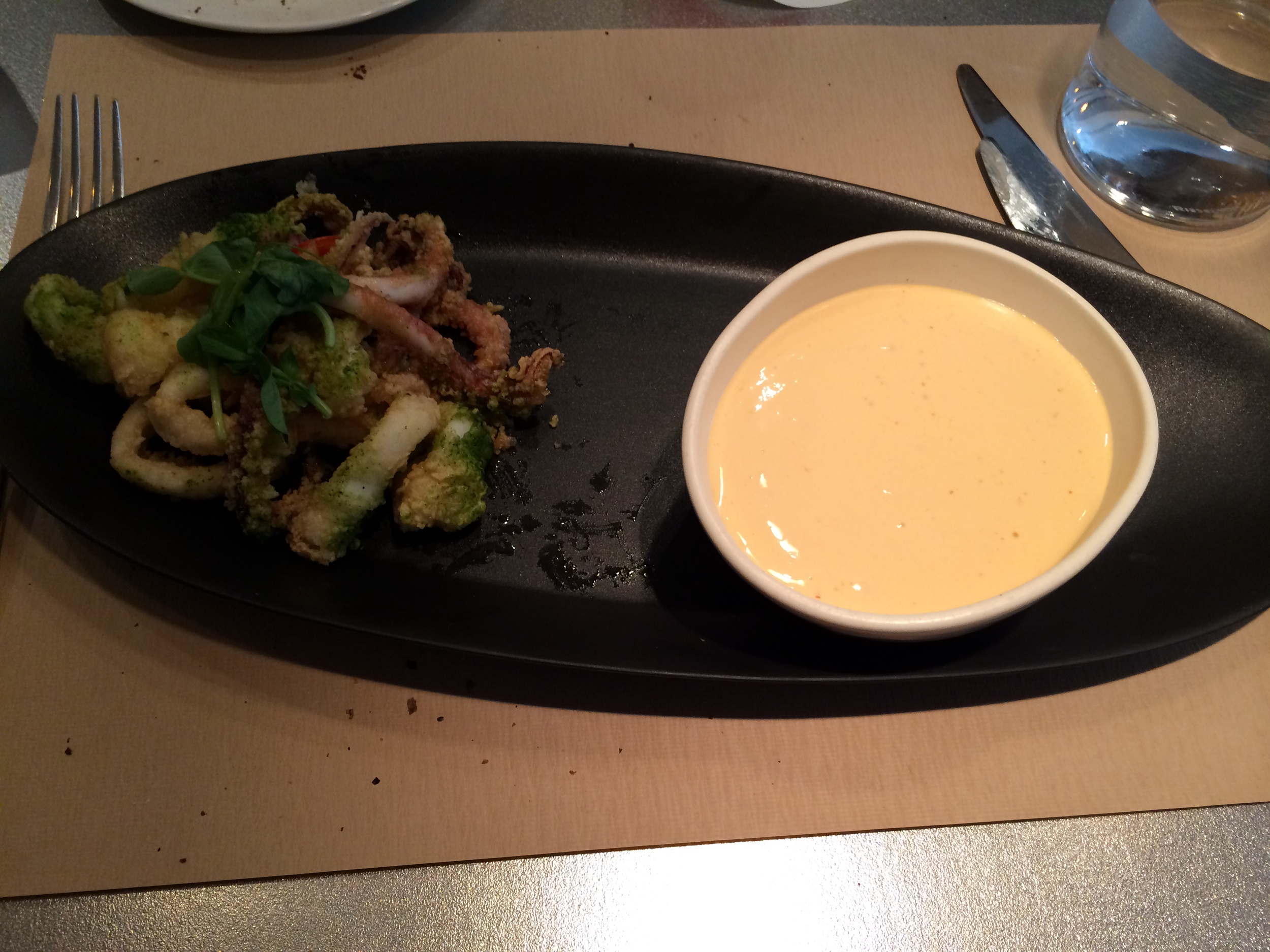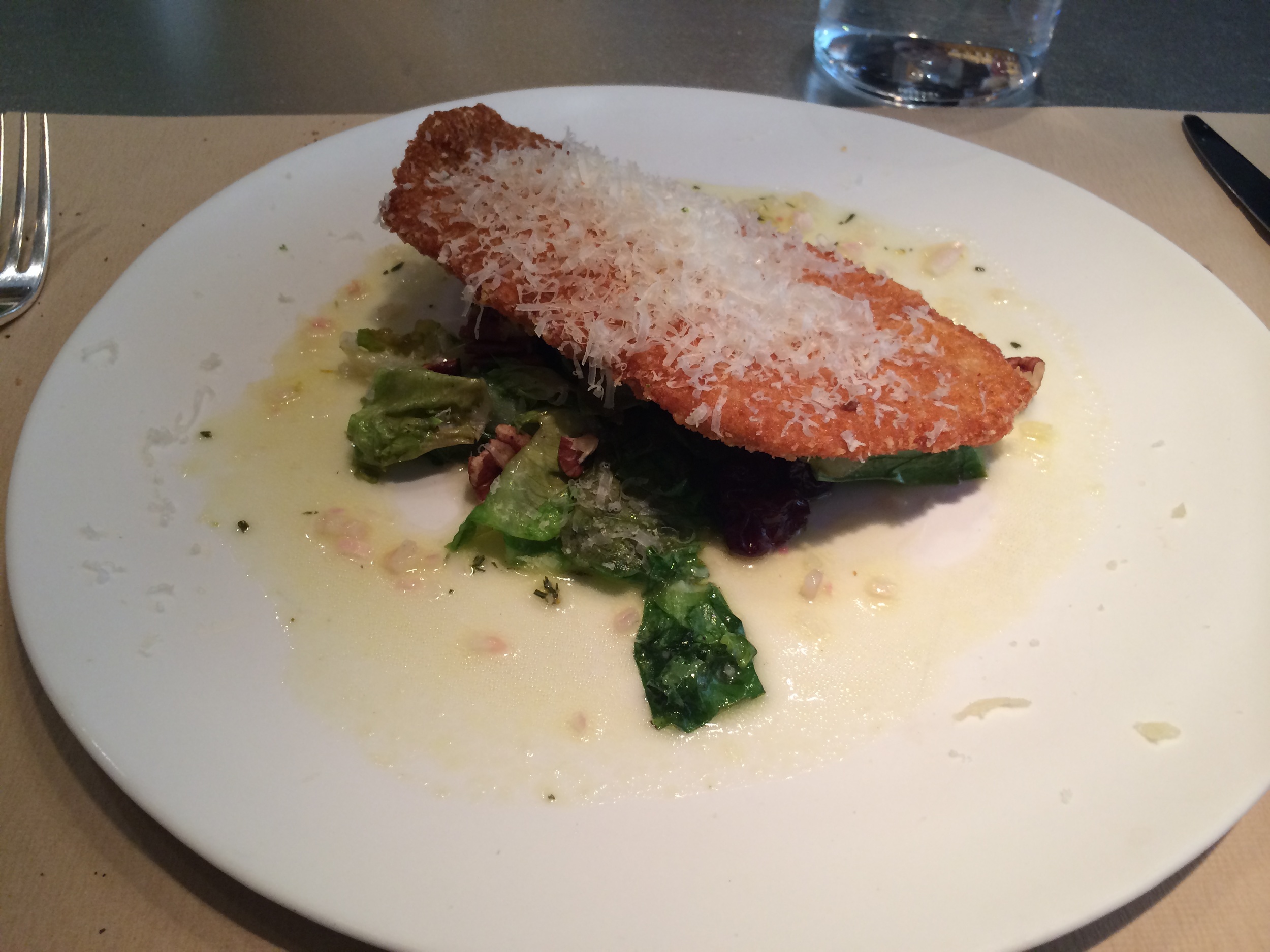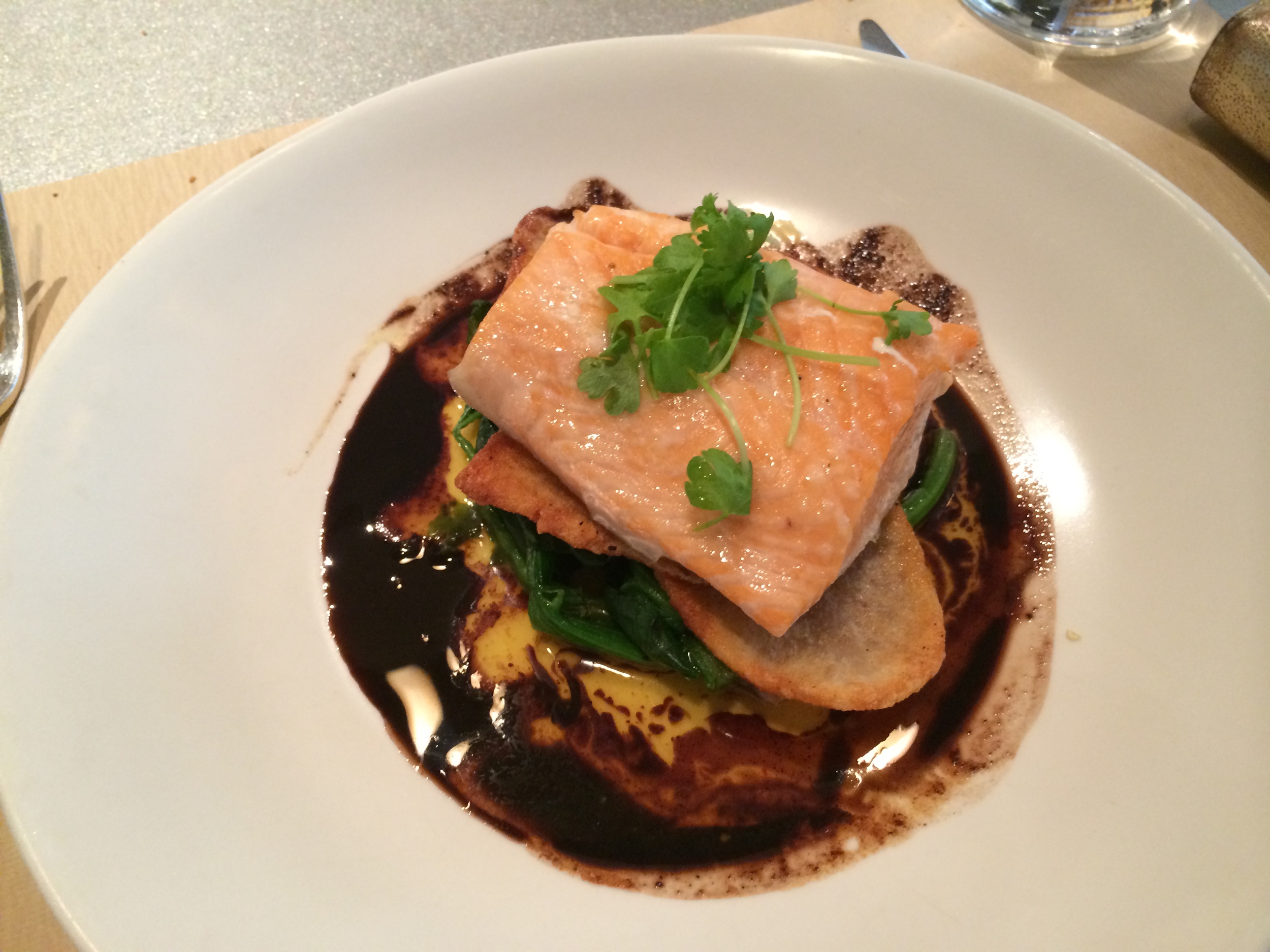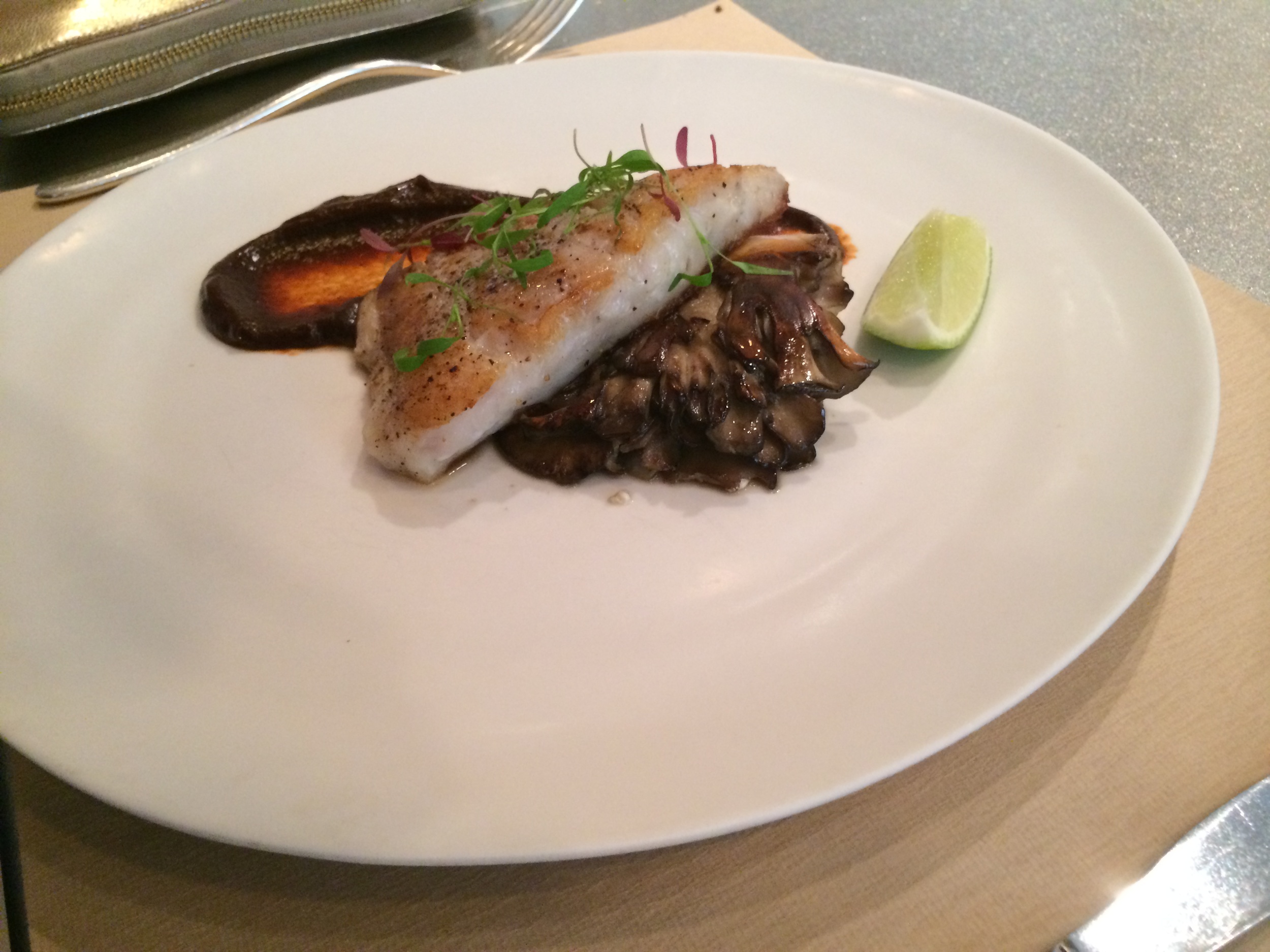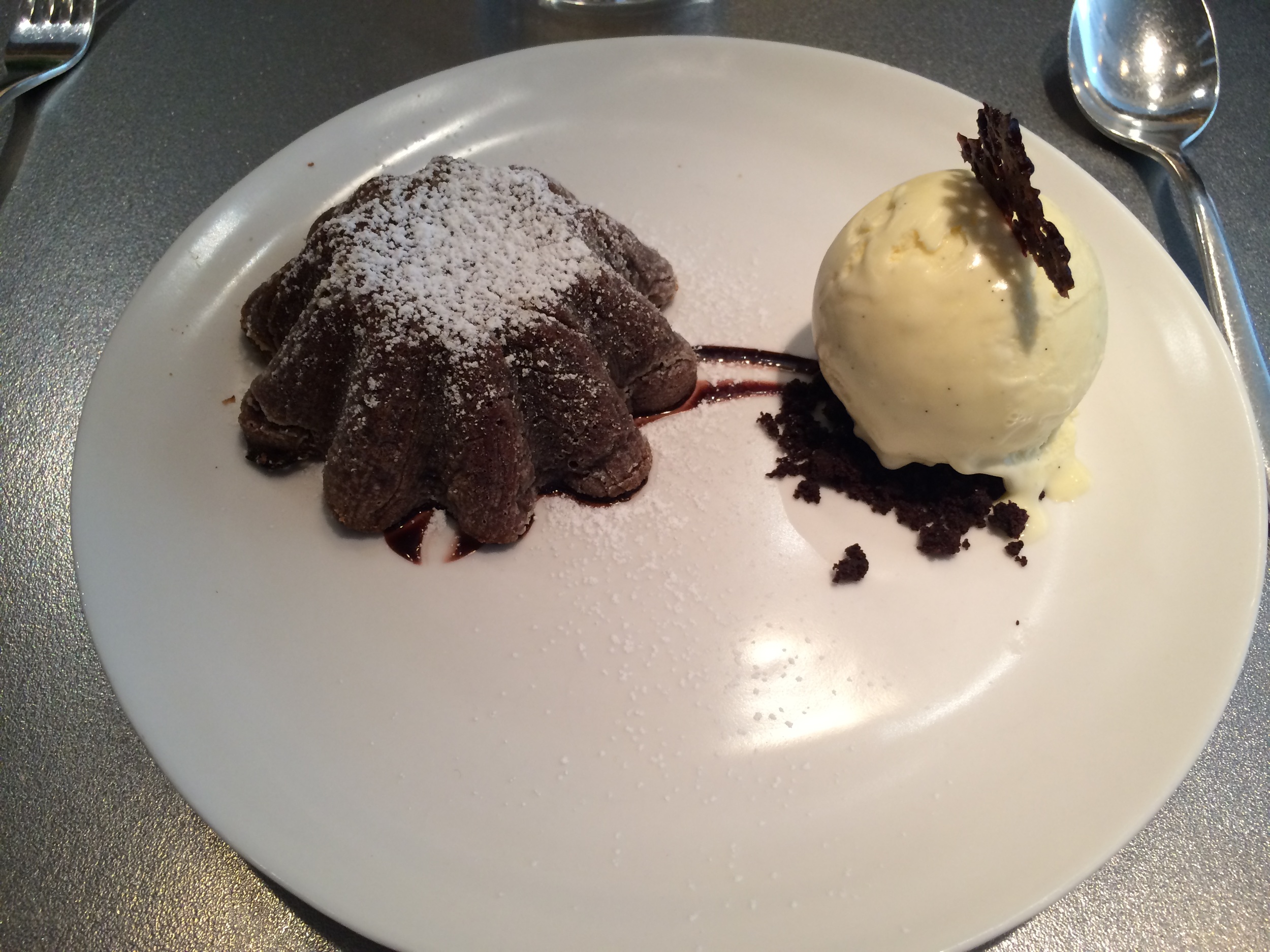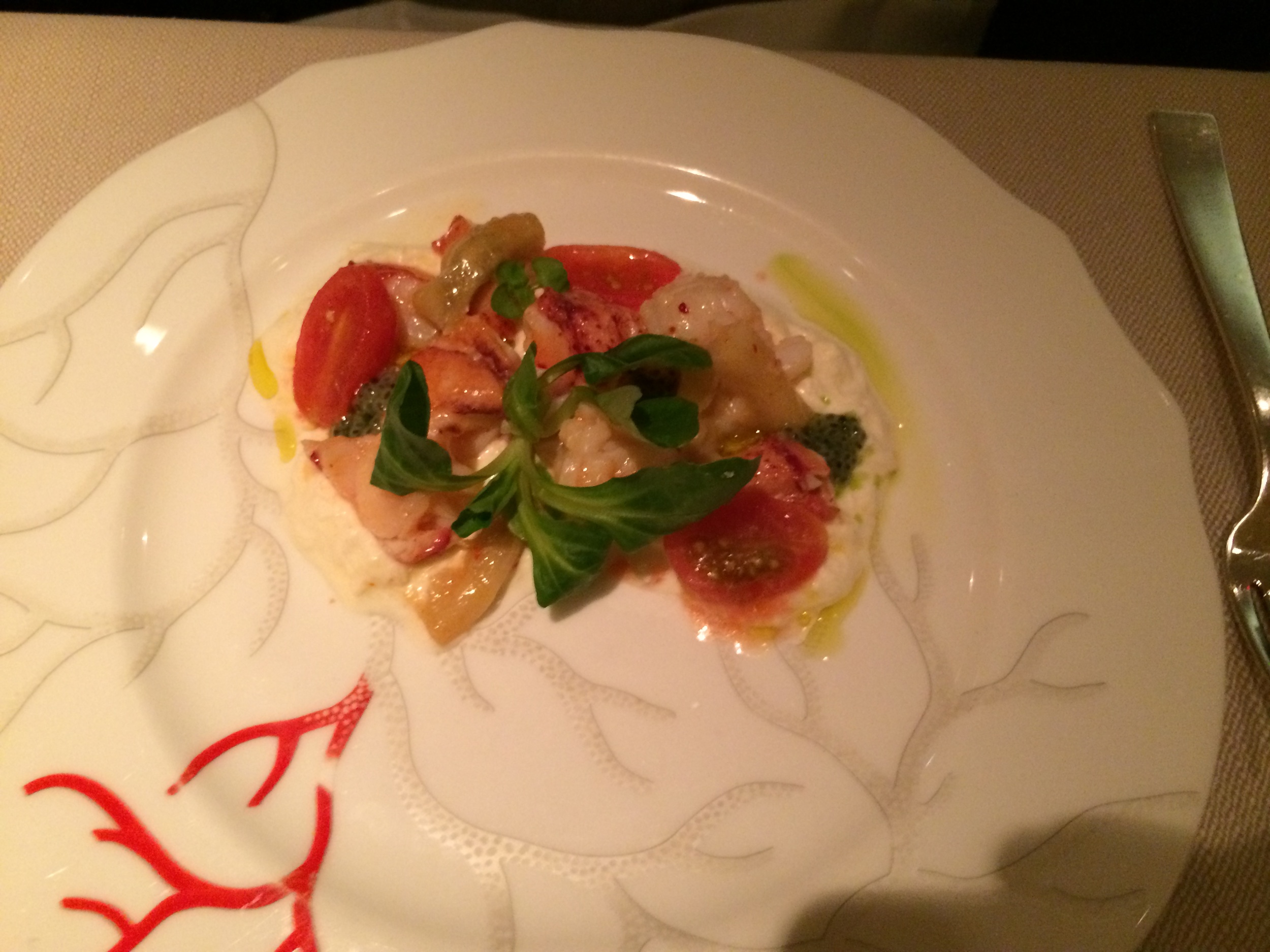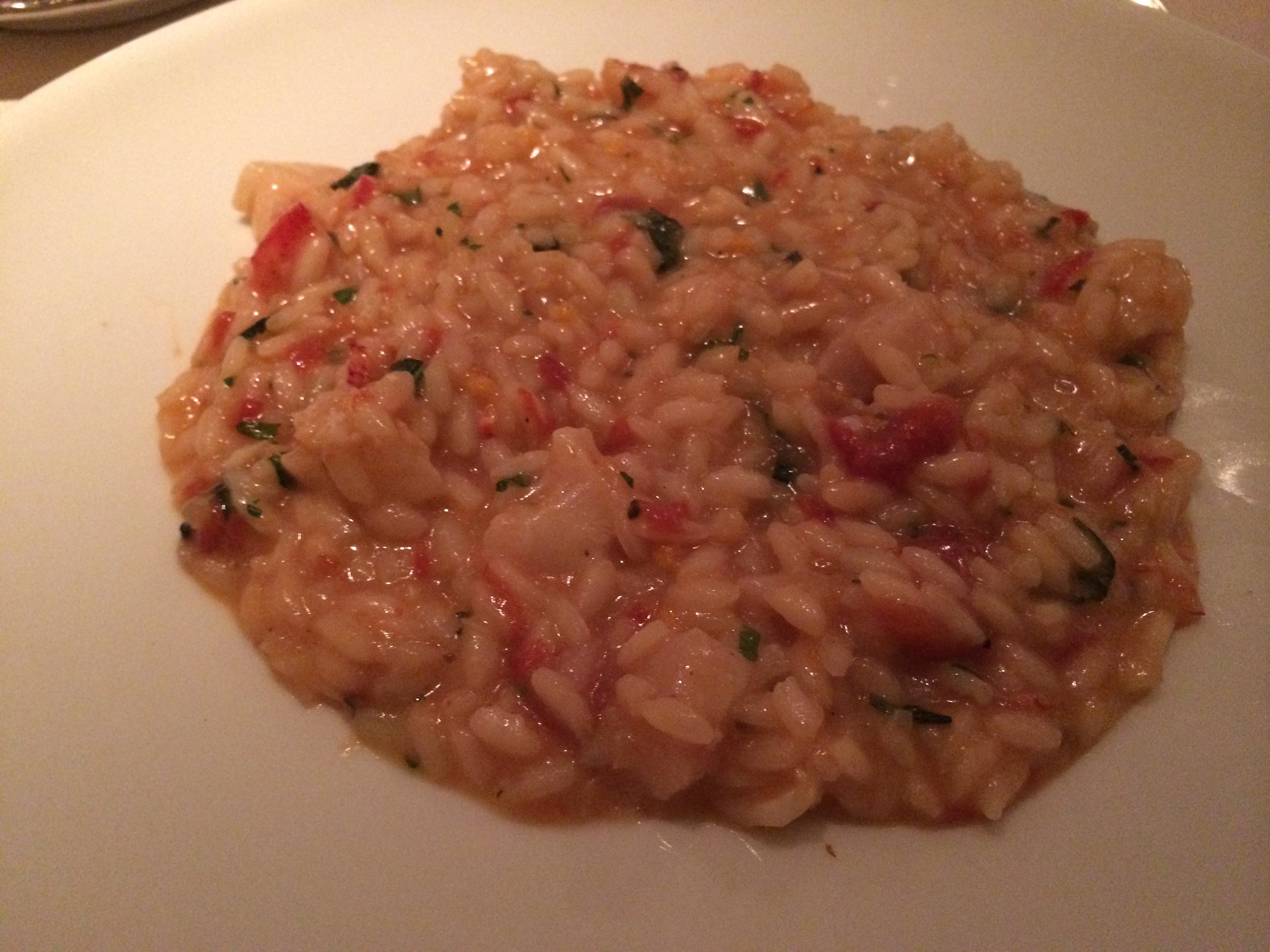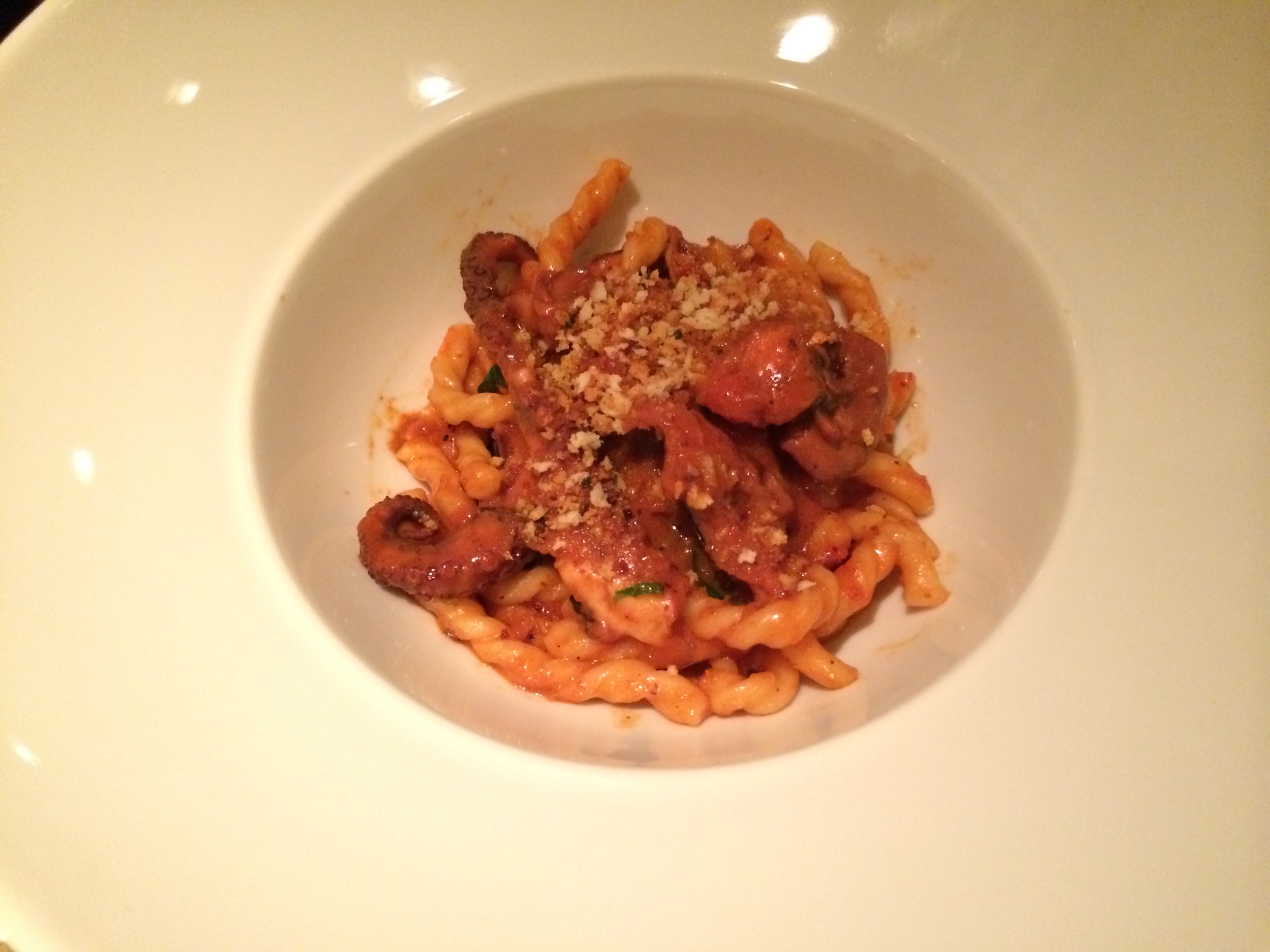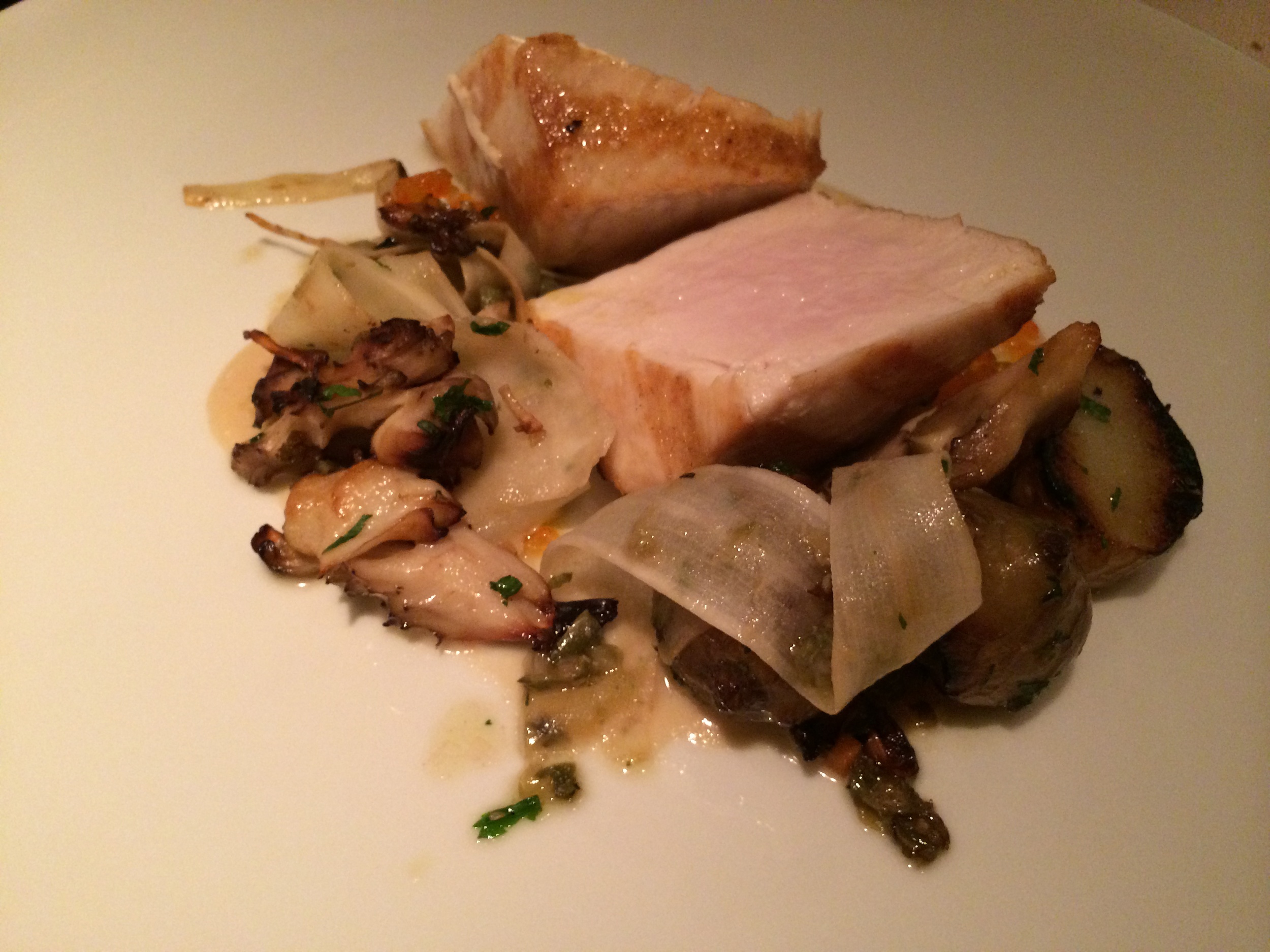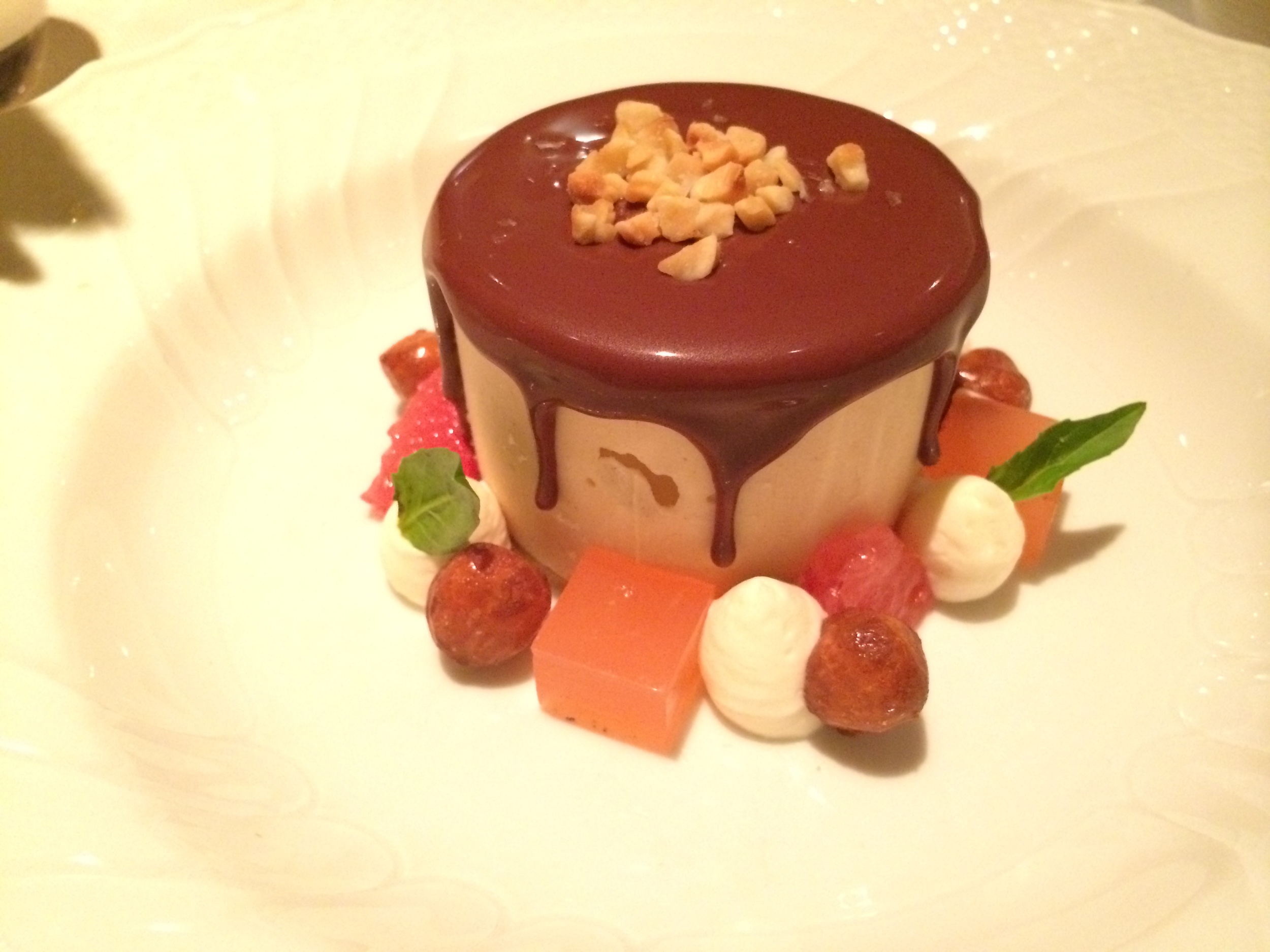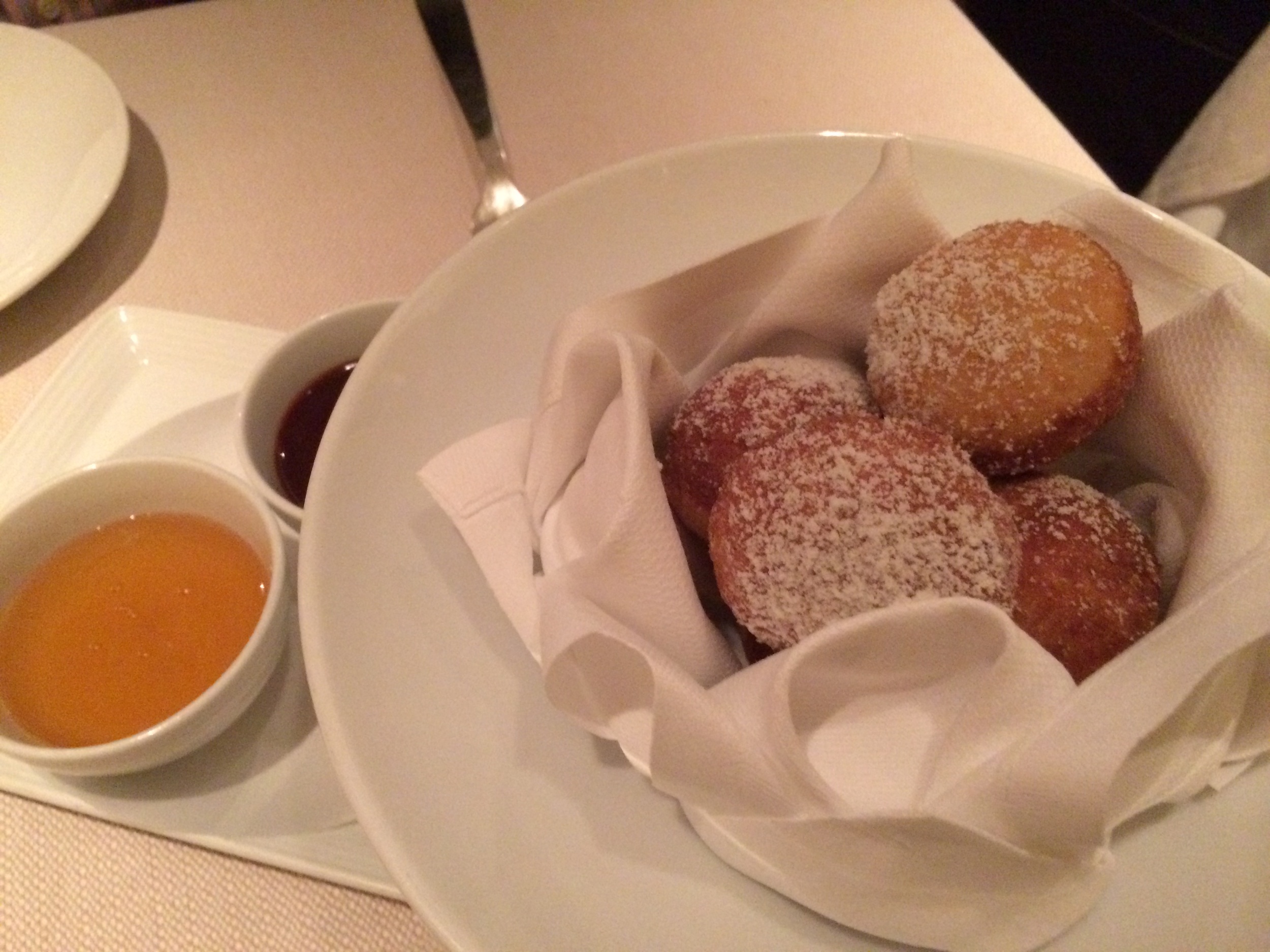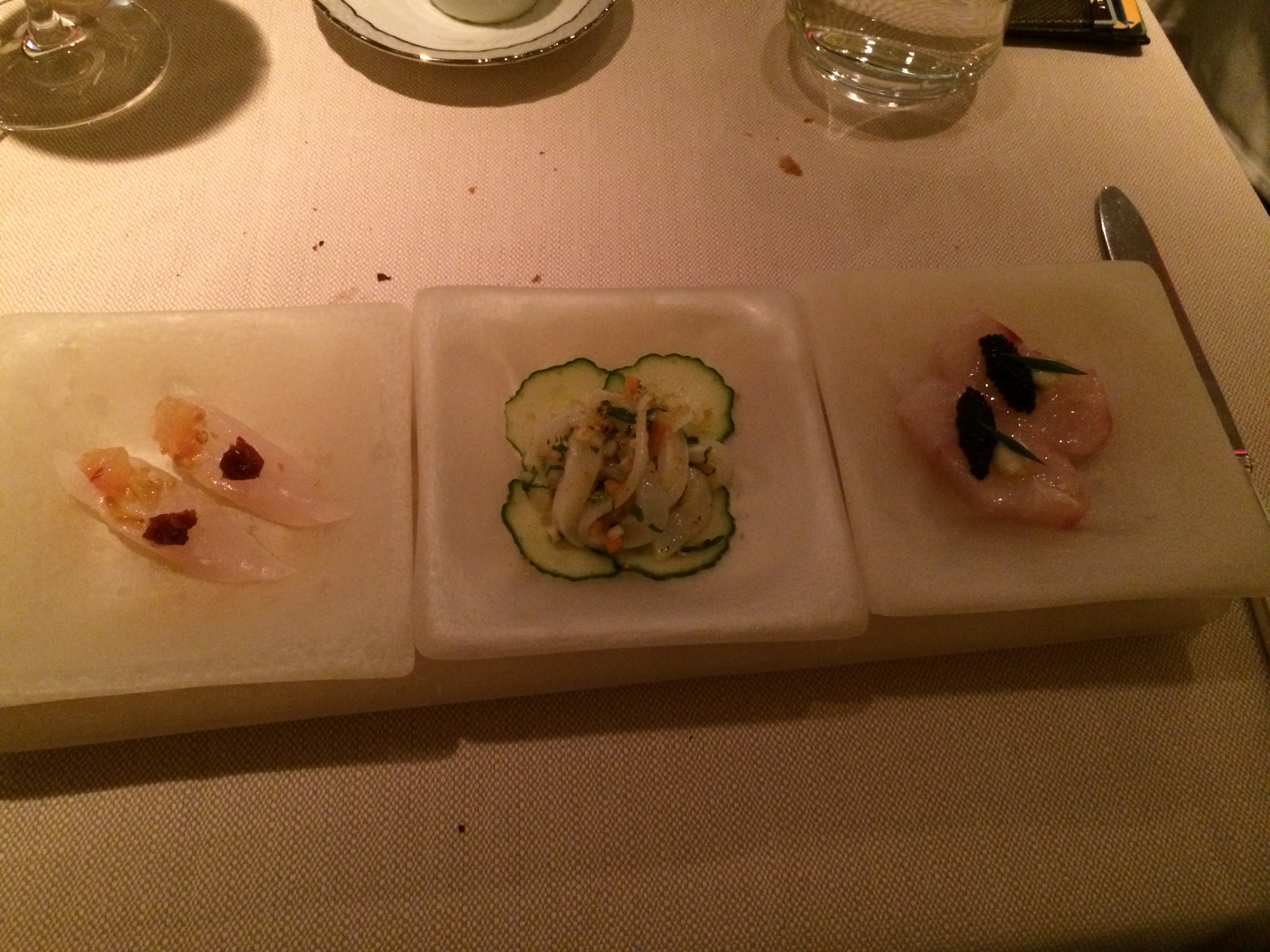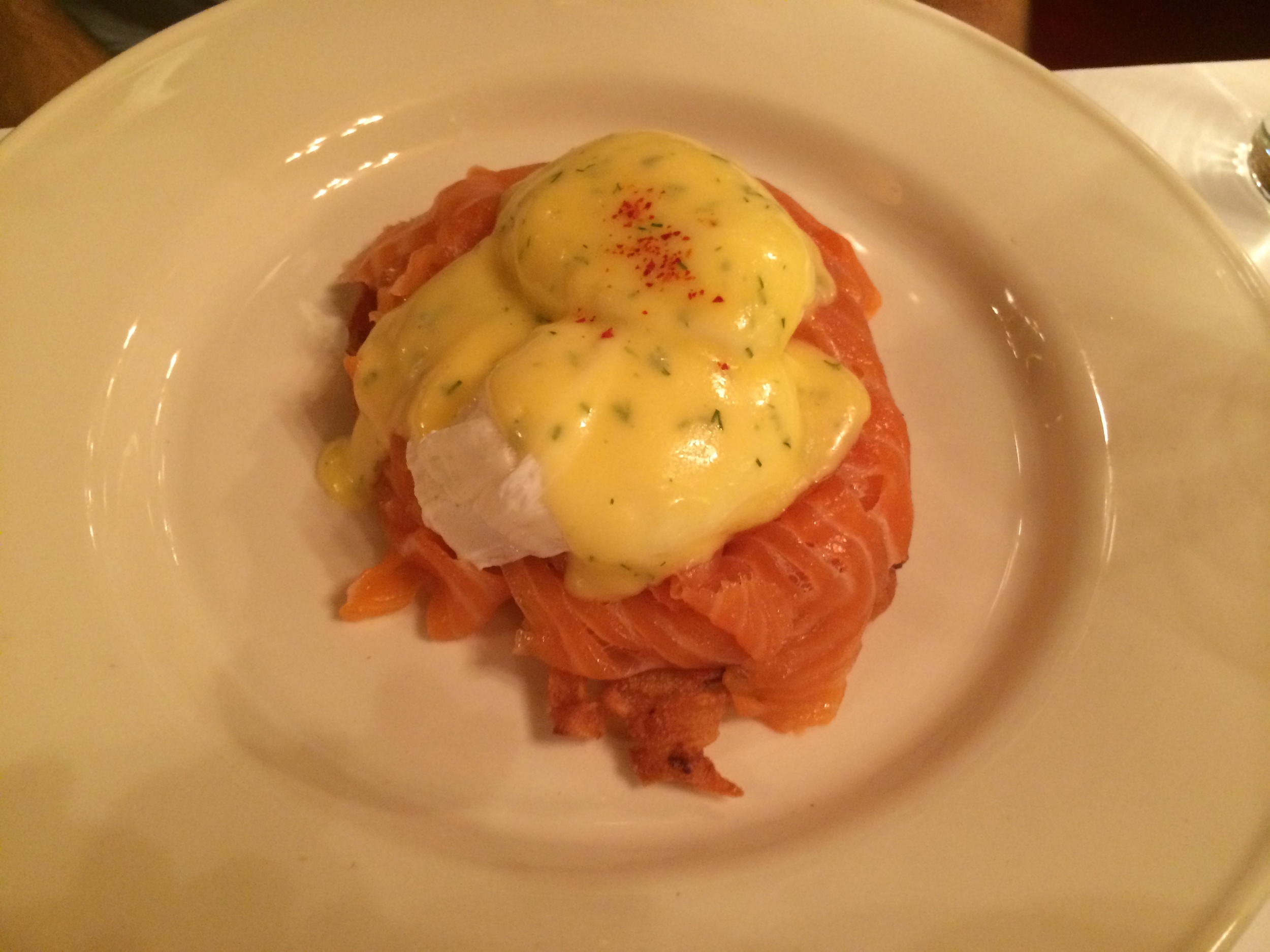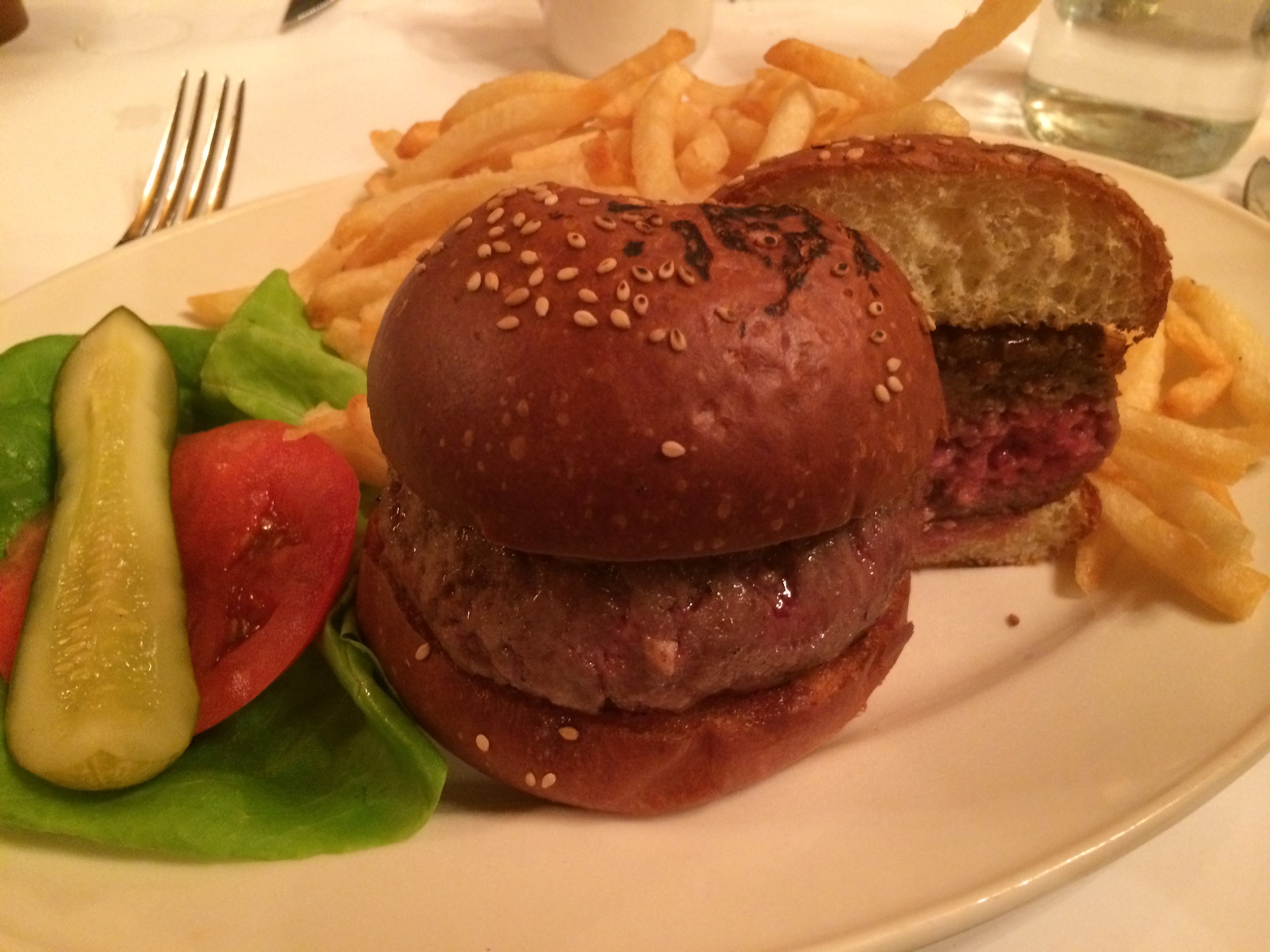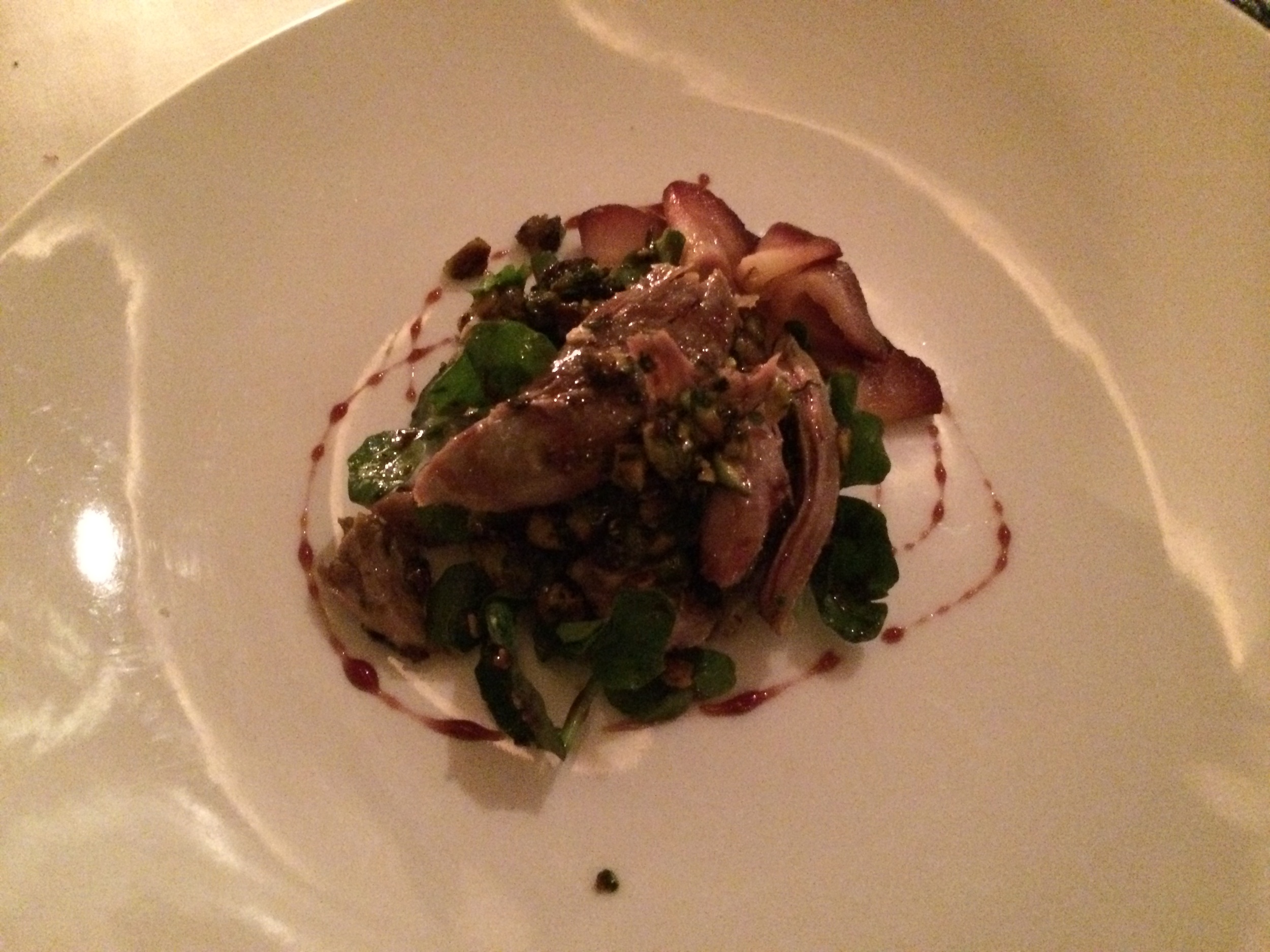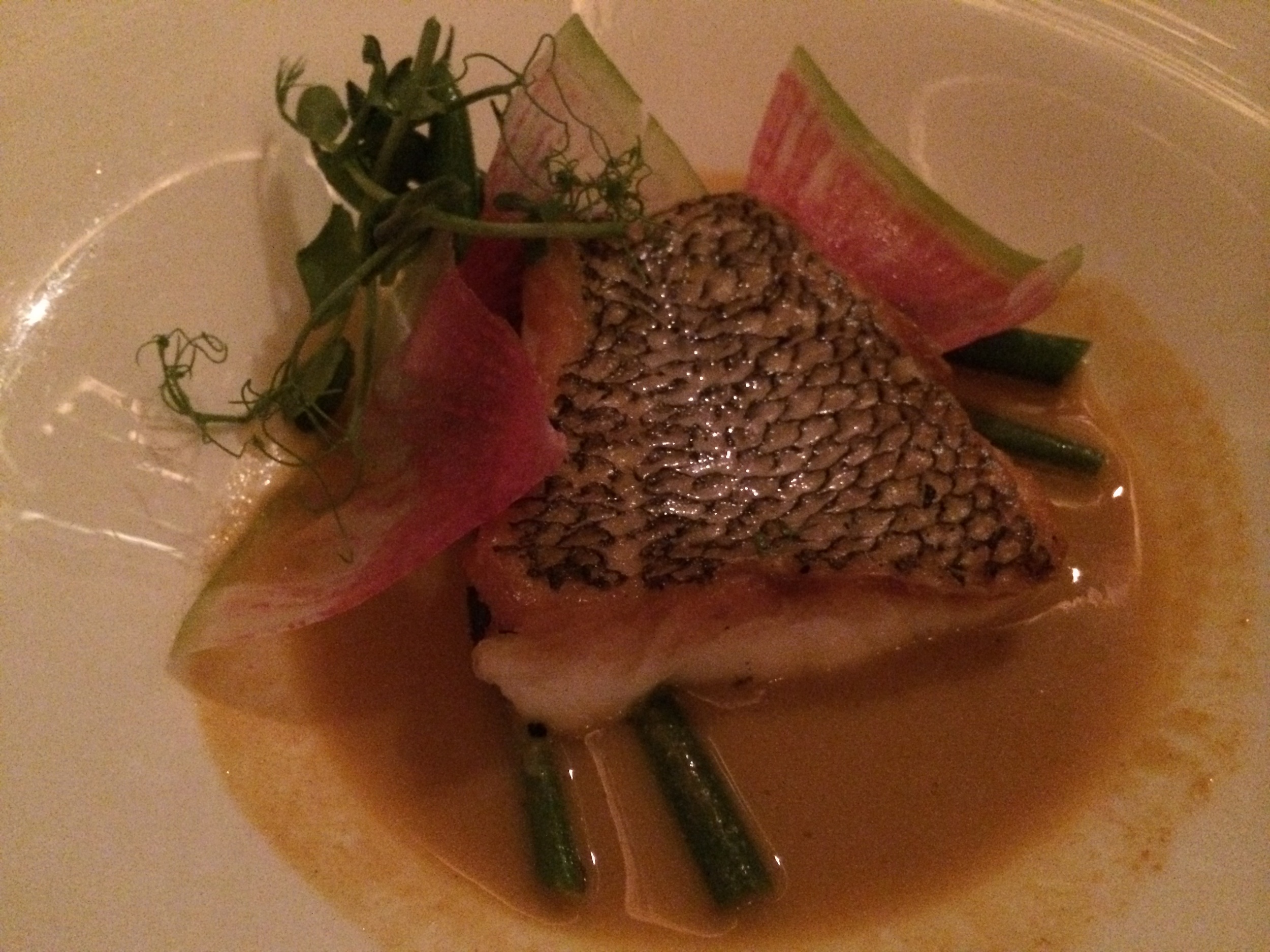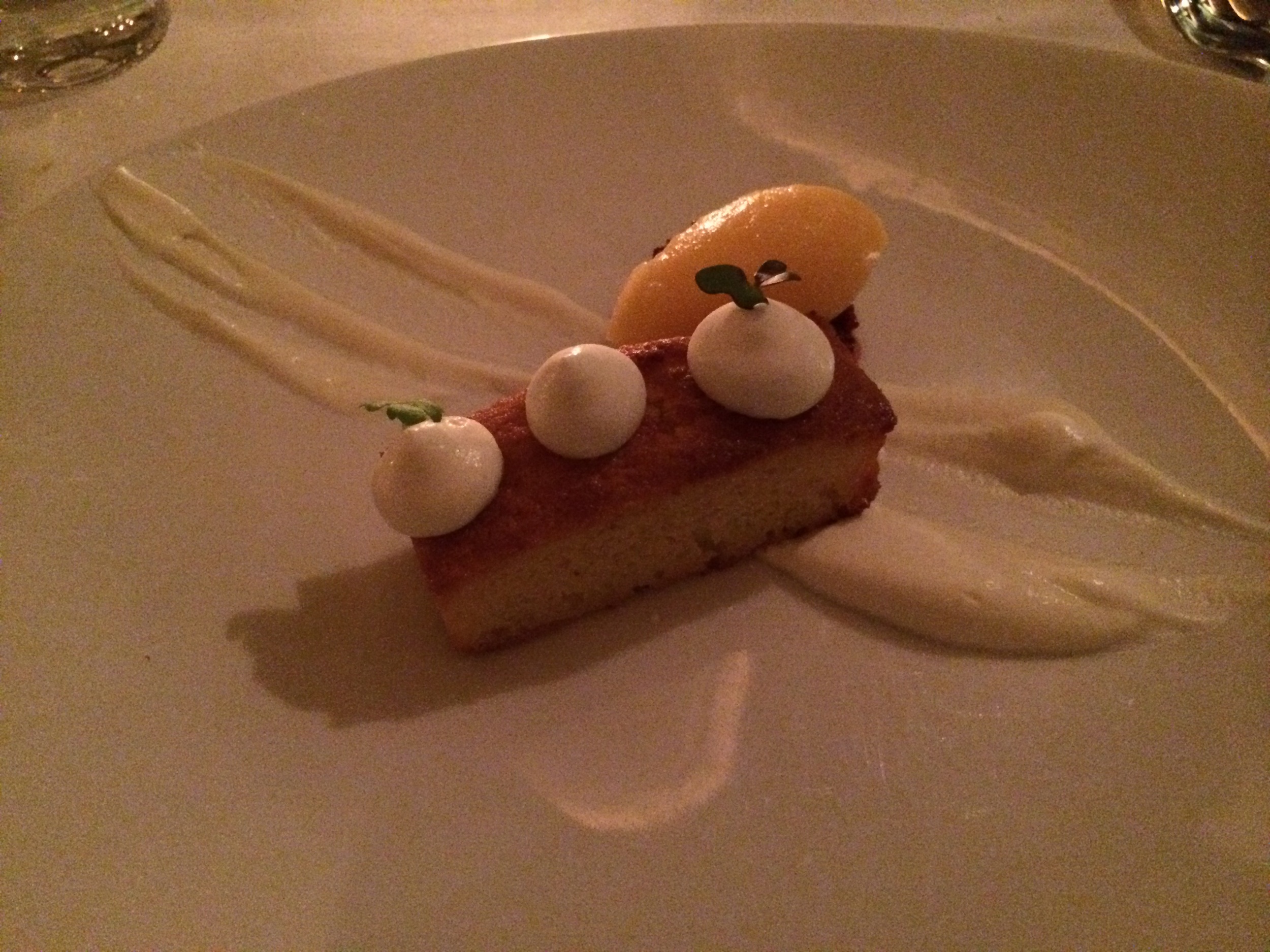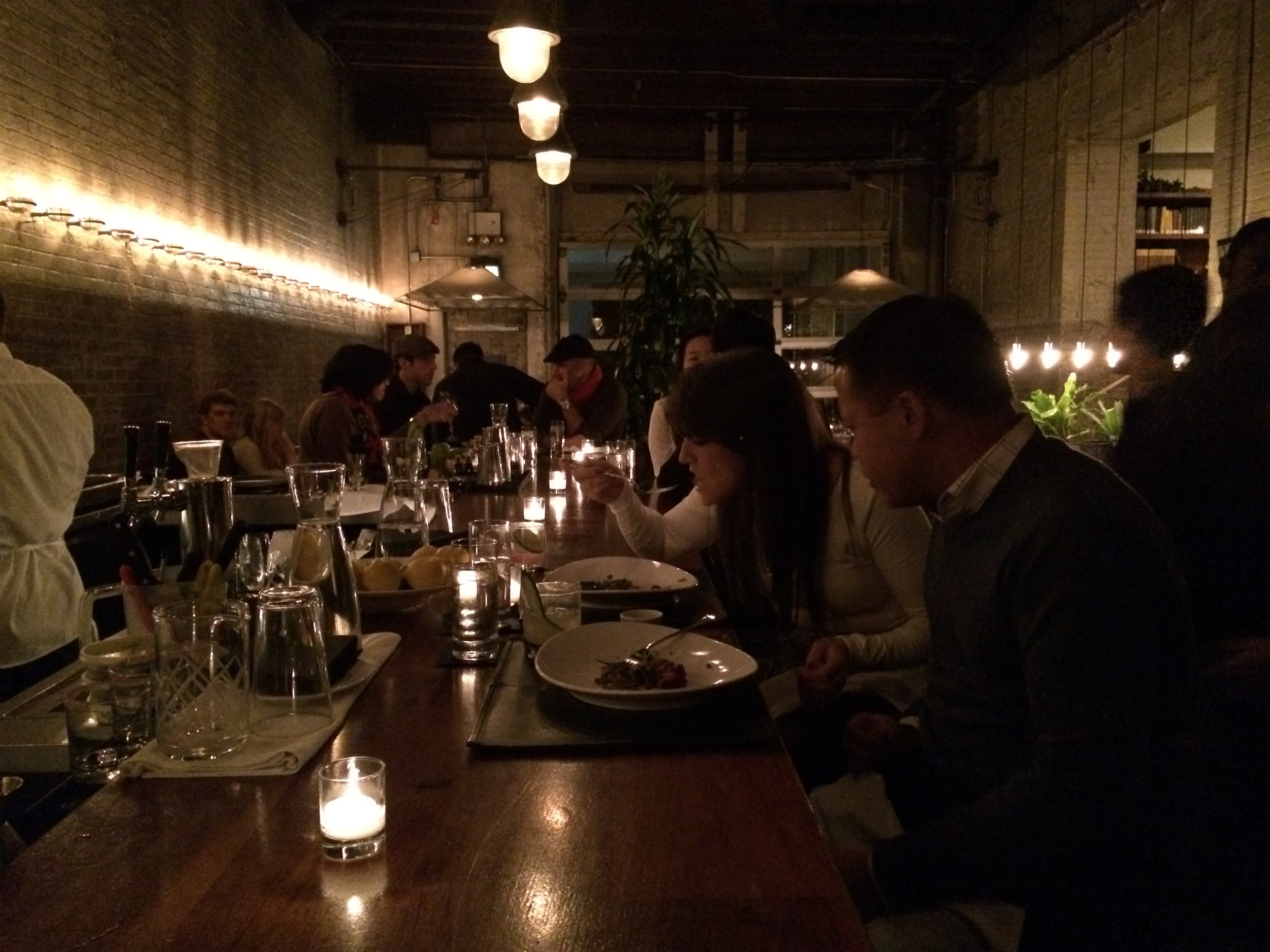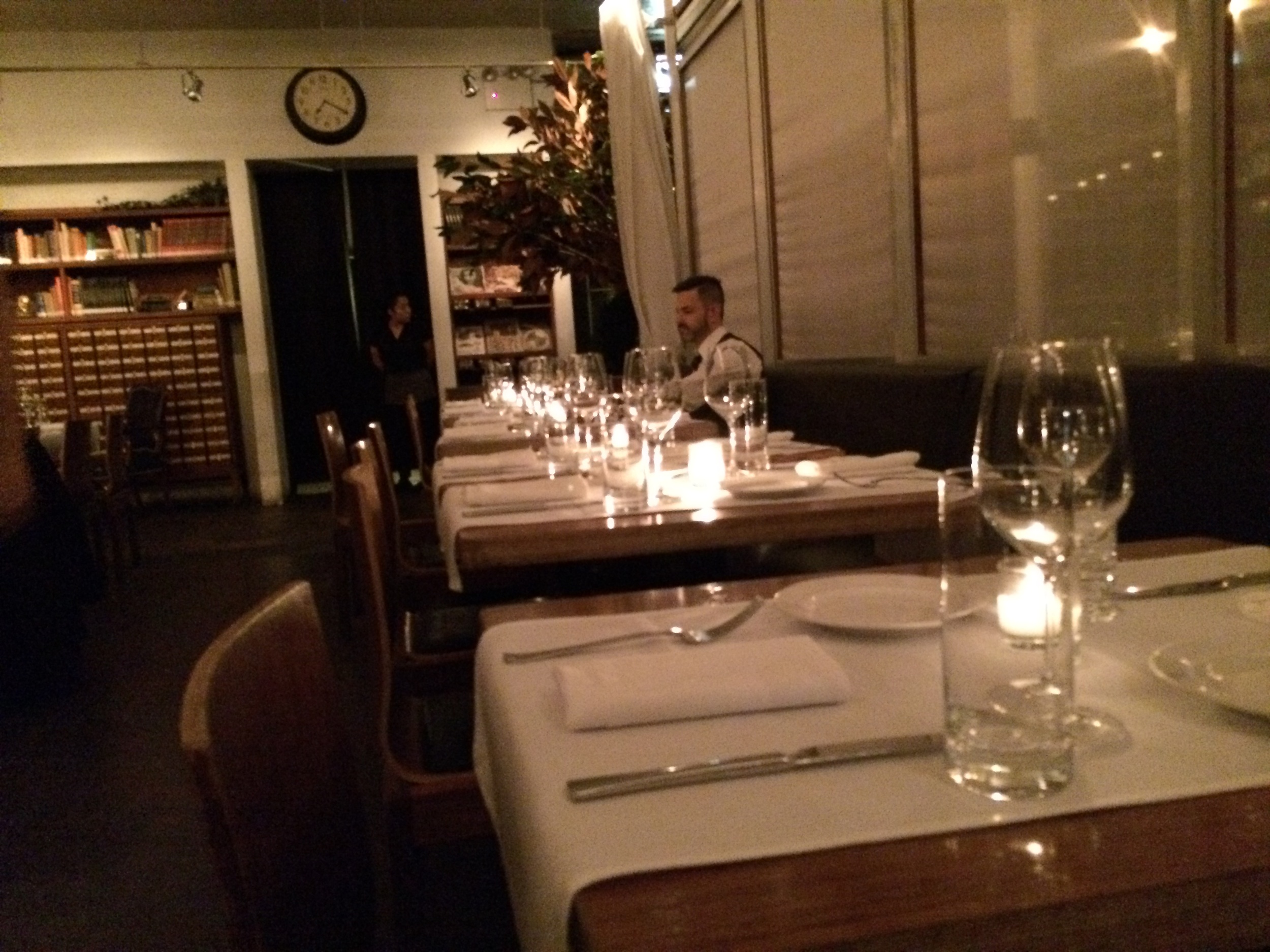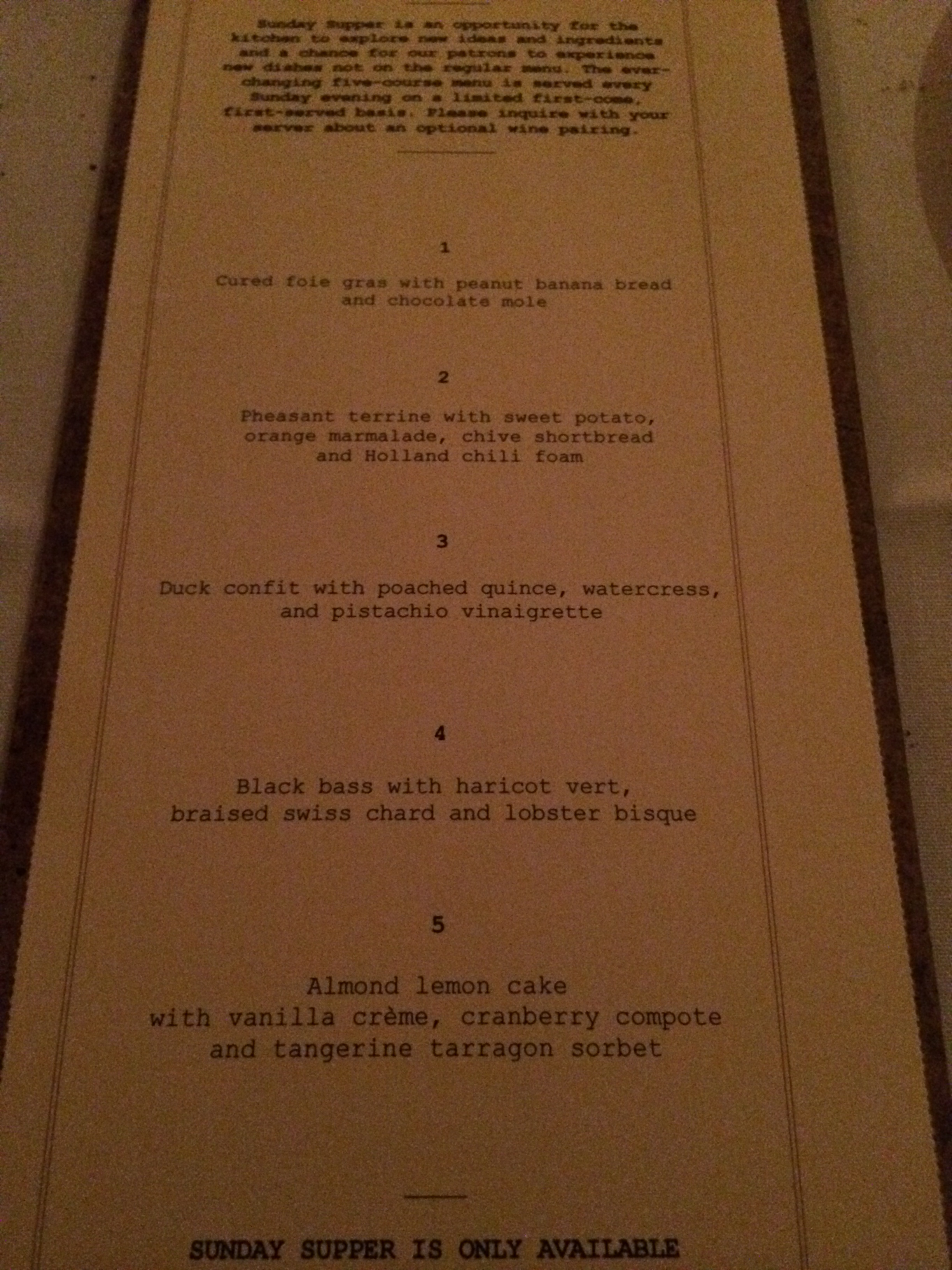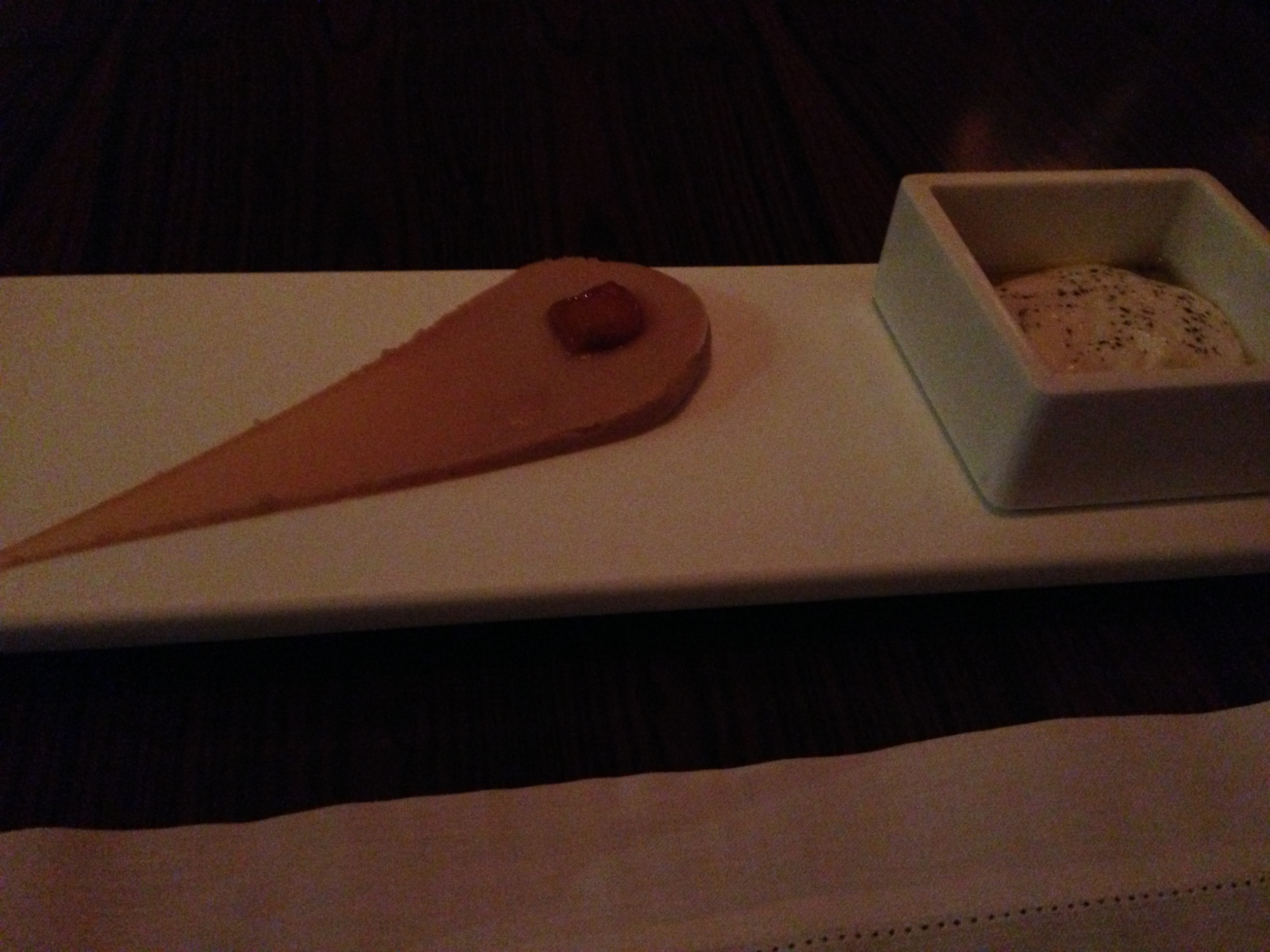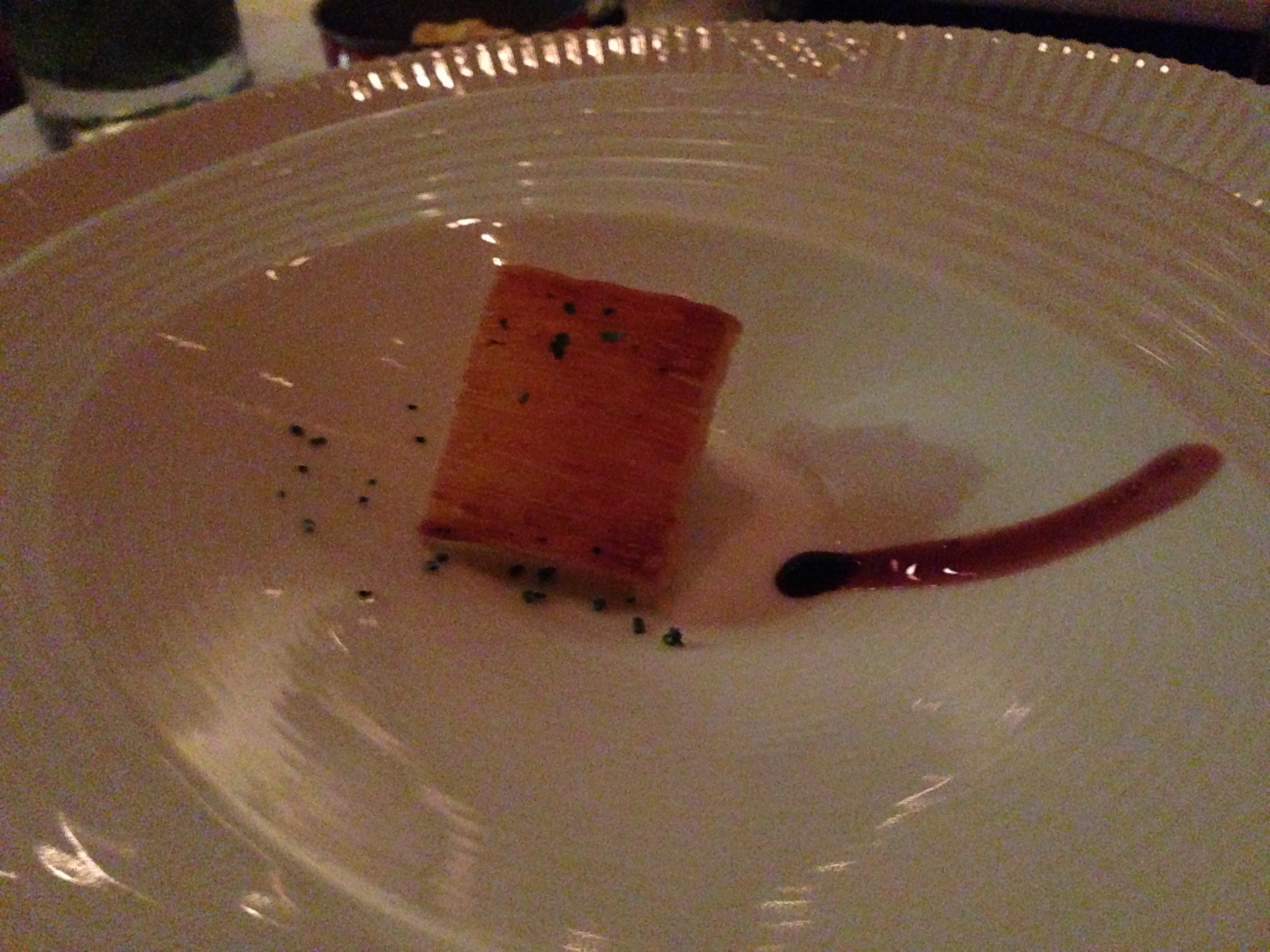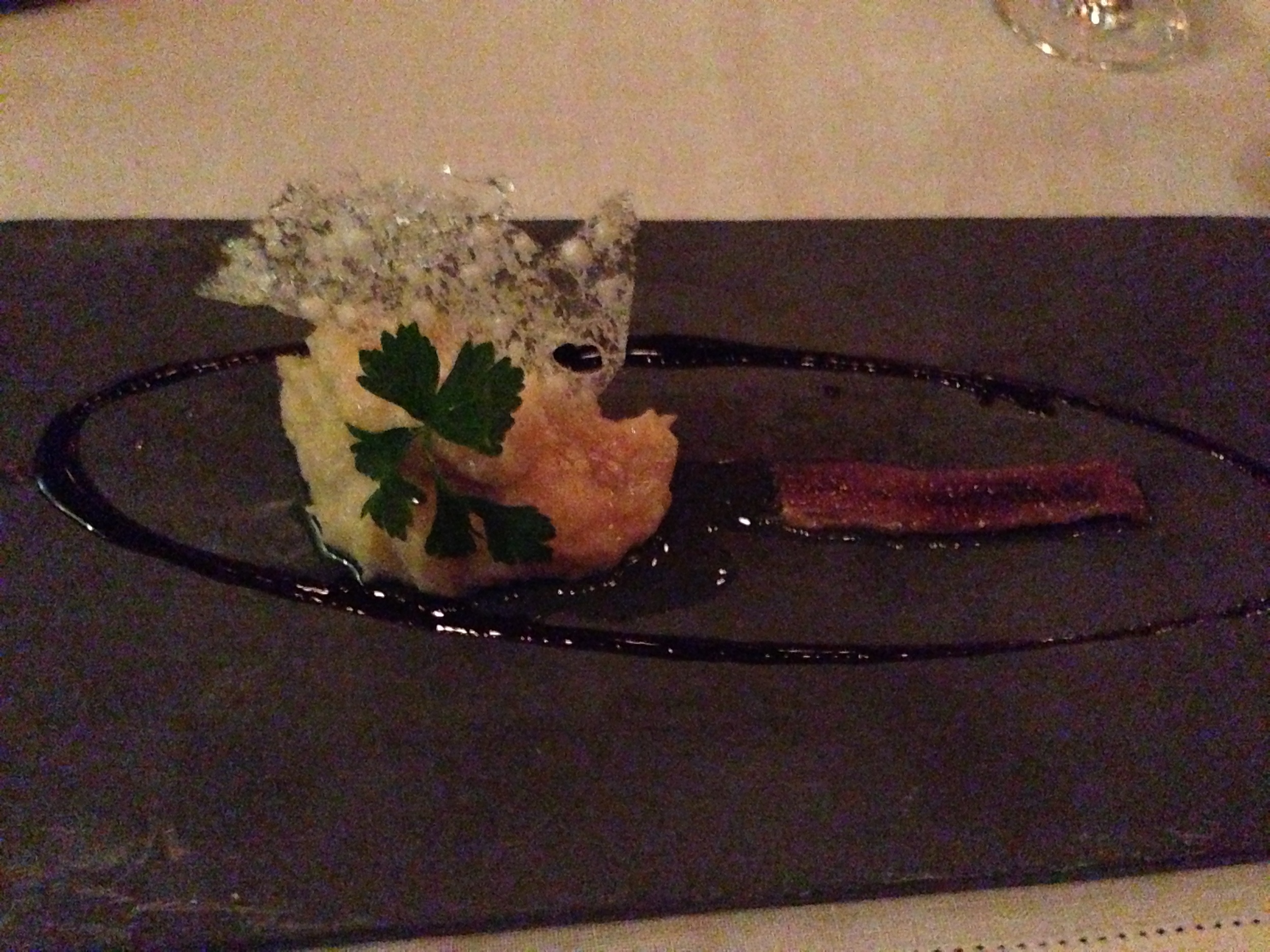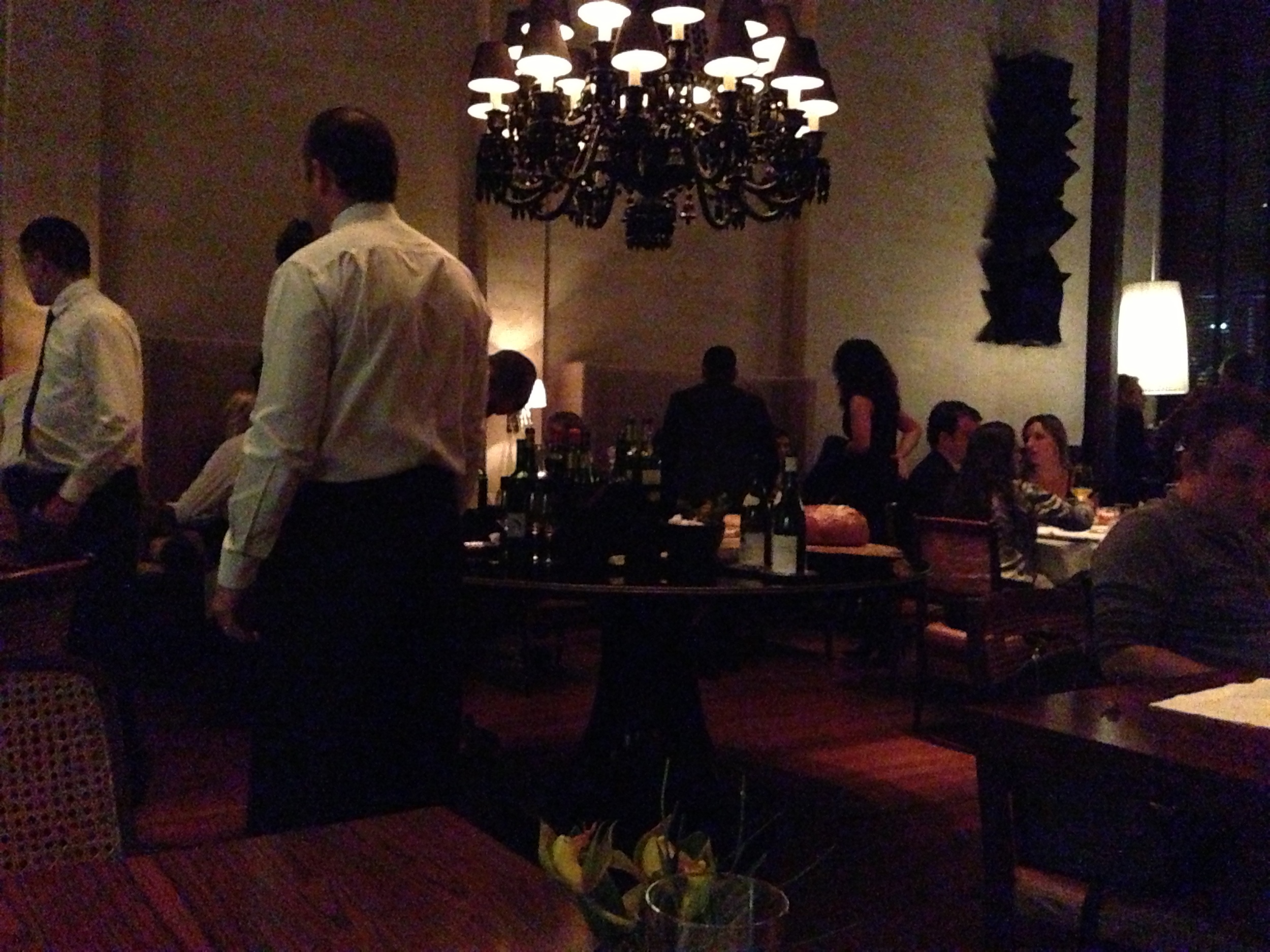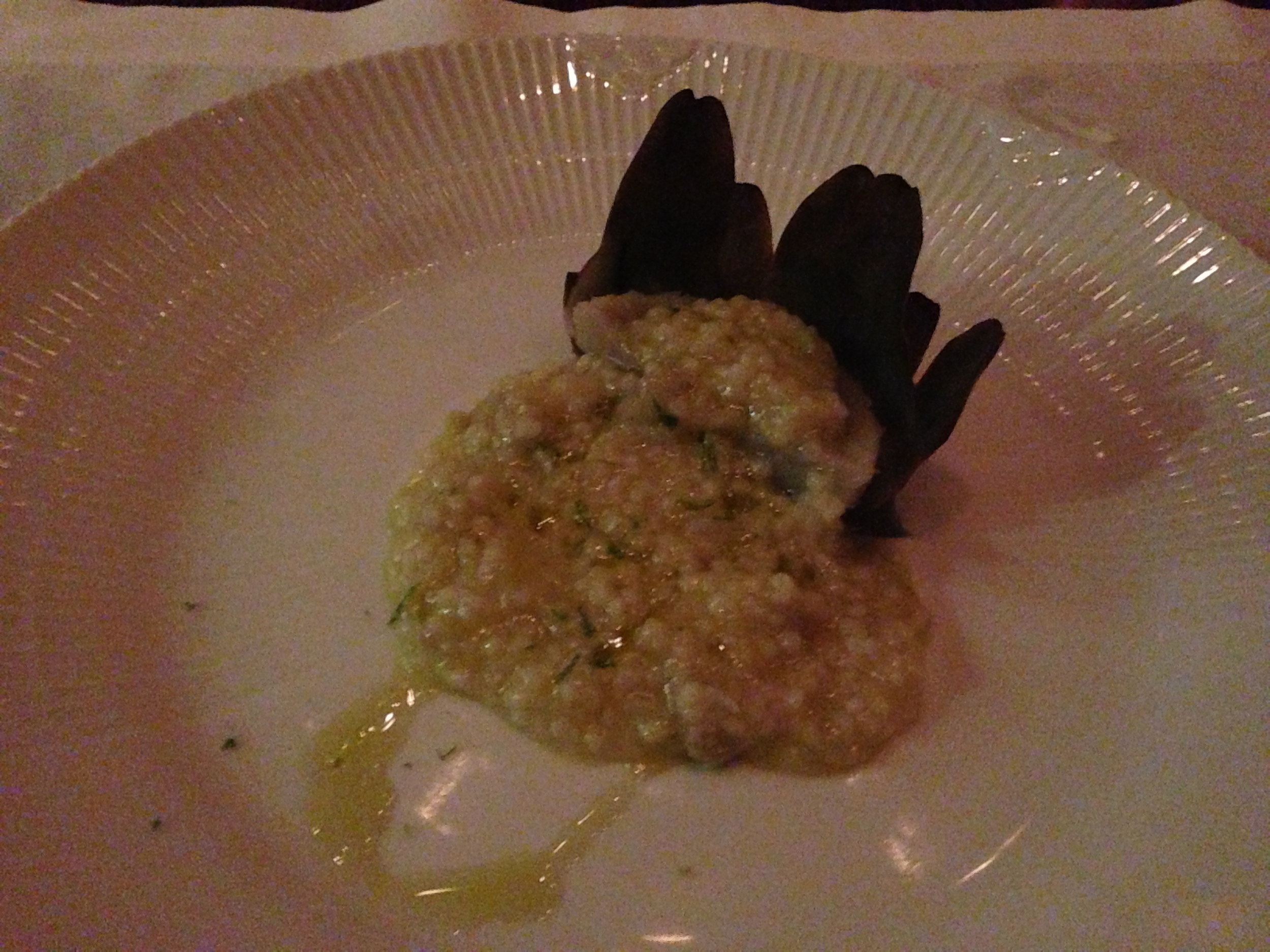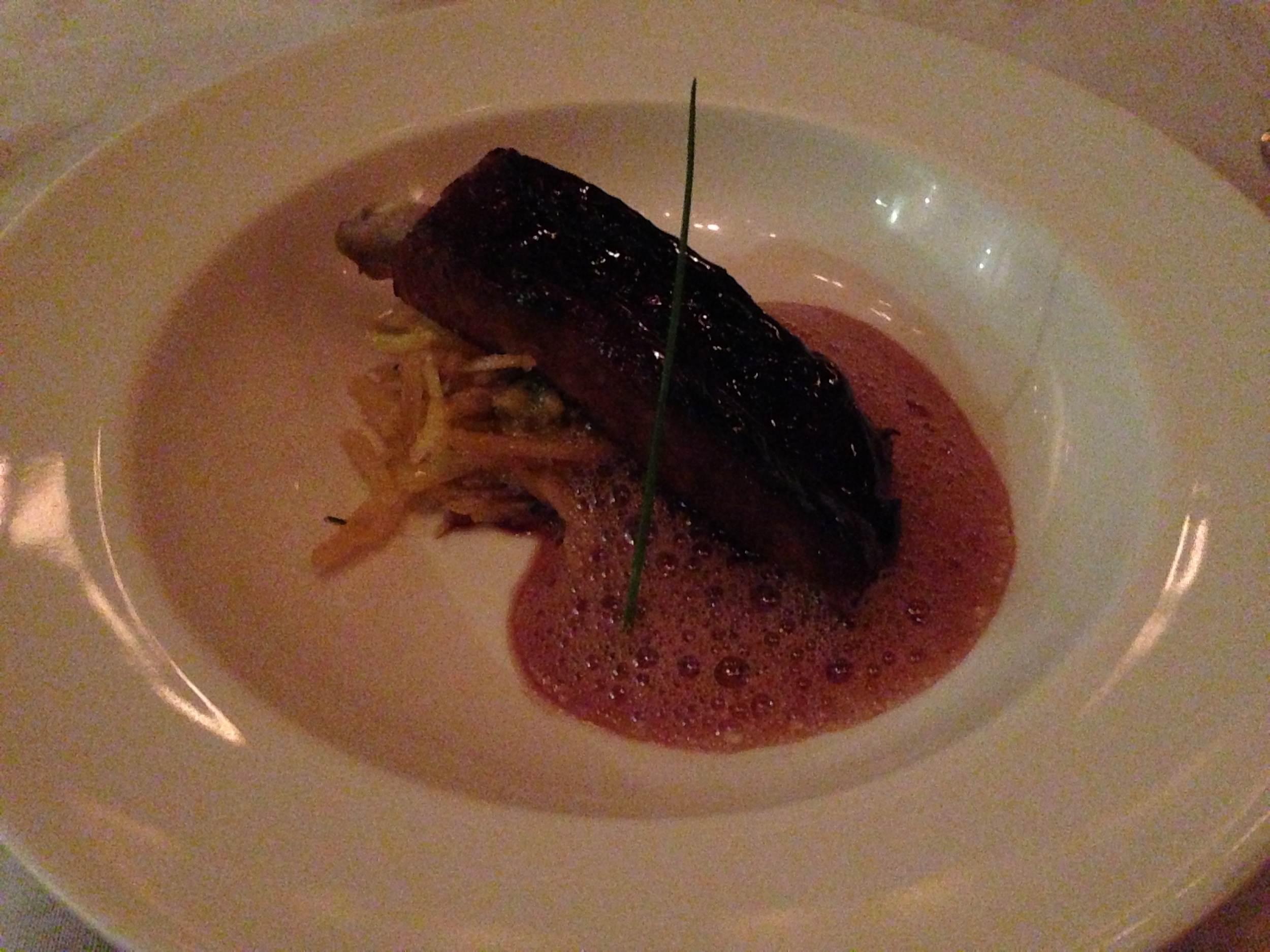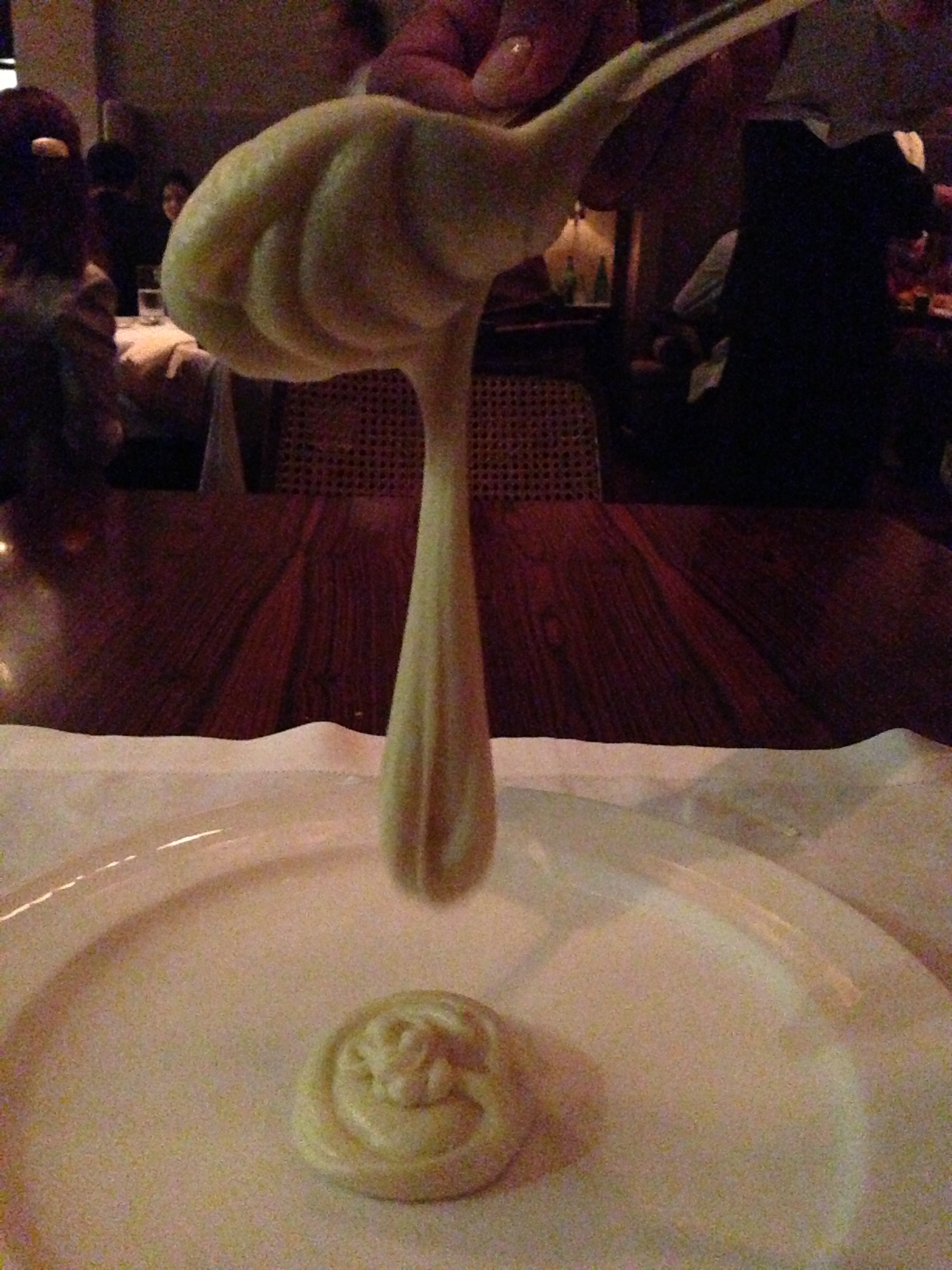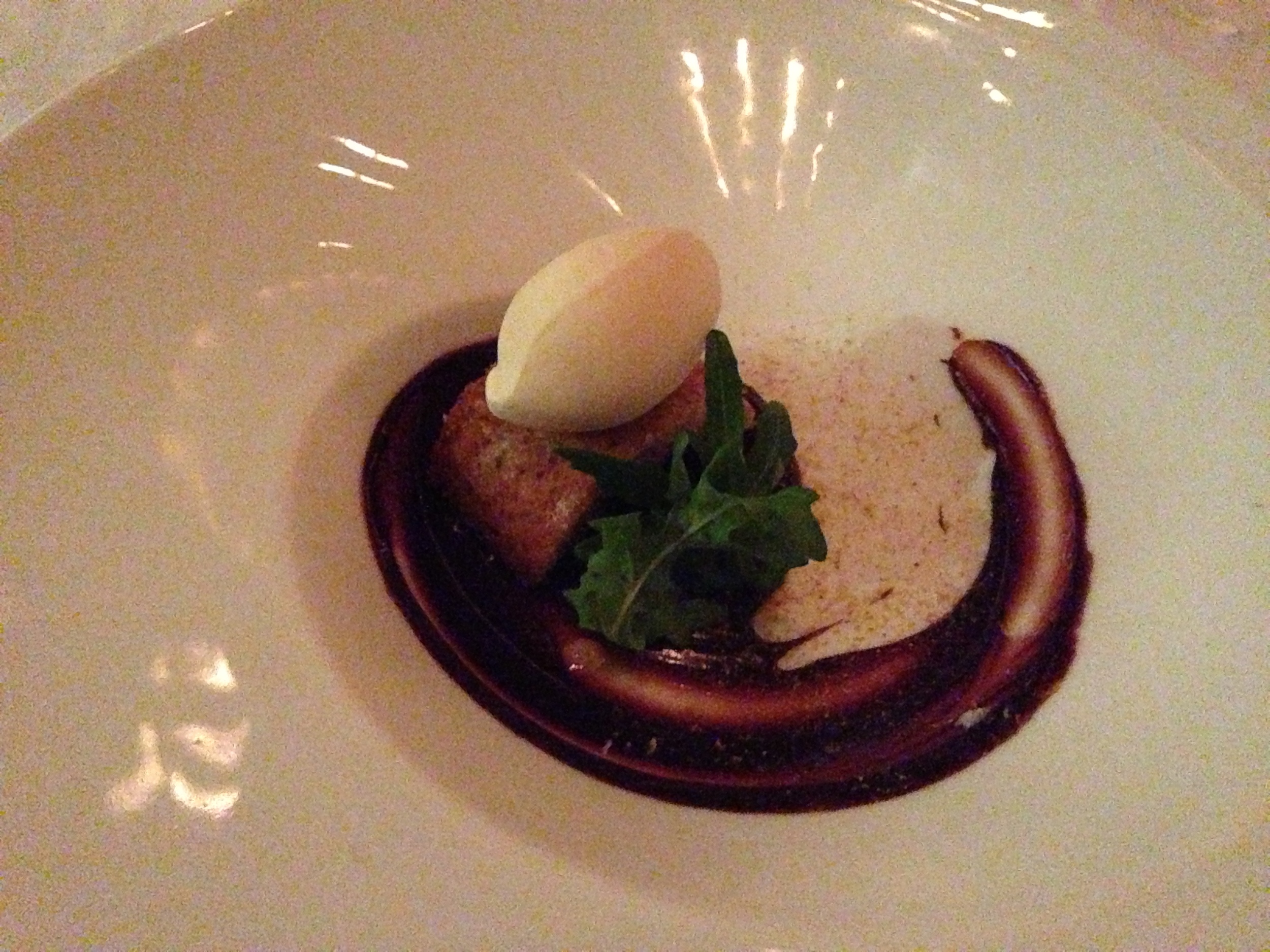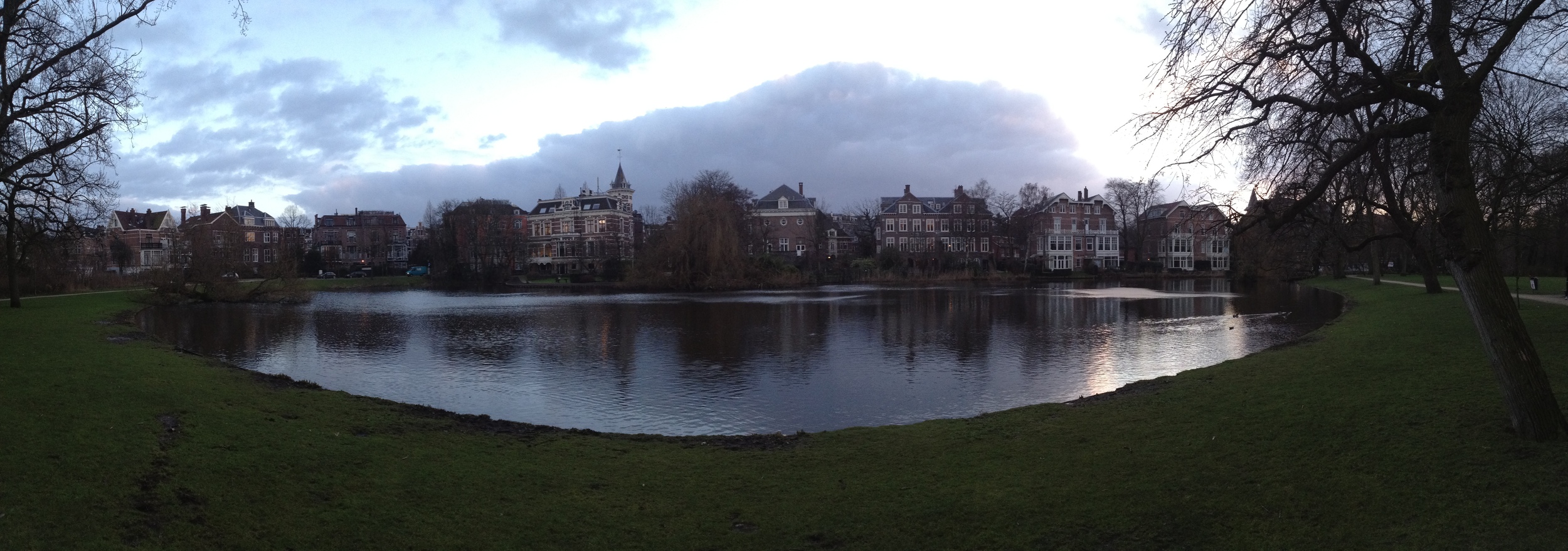First published on Muse-Magazine (www.muse-magazine.com), and adapted for this blog.
When I arrived in Kingston at the end of Frosh week, the setting was all too familiar. I stepped into war-torn territory near the end of a weeklong engagement. The veterans of Queen’s University, tired and hoarse, saw victory only pints and millilitres away. I stood with a guilty conscience like a cripple given safe passage. Their droopy eyes, frazzled hair and incomplete memories were eclipsed by glorious grins of accomplishment and of resilience. And after weeks of punctuated ceasefires, they rose again to welcome the real veterans of homecoming. How inspirational.
This is the homecoming that was cancelled for raucousness and then reinstated to improve the school’s profitability. We, the Queen’s community, are briskly unapologetic about our messy keggers, tipsy pre’s, sloppy drunk-food, dancefloor antics and recently formed couples. Our solid academic reputation is matched only by our affinity for drink. The adage ‘work hard, play hard’ is used proudly and unabashedly.
At no other respectable university is partying so unquestionably the activity of choice on a weekend (or even weekday) night. Ale and Stages have become institutions with daily events. Tumbleweed Tuesday is the new Toonie Tuesday. The city of Kingston is a tourist’s paradise with ostensibly the most restaurants per capita of any city in the world. Yet a meet-up at a restaurant is unthinkable. For one it is too expensive. A crate (a “two-four”) of beer is around $34 for a pseudo-premium brand. A Kegger in the ghetto is $10 for all-you-can-drink. But also, restaurant culture is not student culture. With party culture, we have devised a new vocabulary: Belligerence (“Bellige”), as described in the first paragraph, is no longer reserved for the battlefield. Blackout (“Blacked”) is now a state of being.
Party culture is so ubiquitous that it is unavoidable. In a house in the ghetto, a public service poster hangs to say that a third of people don’t drink, placed ironically to inspire more drinking not less. Peer pressure and social norms are exceedingly difficult to deviate from. In some circles, being part of the 30% can be exclusionary and socially unacceptable. It even affects extra-curricular involvement and employment.
Partying as we know it today is an indisputably modern and American phenomenon. Parties, which were almost always religious before the de-emphasis of God during the Enlightenment and rare before economic welfare became widespread with industrial revolution, gained secular and mainstream status in the post-WWI years. The prohibition era of the 1920’s only convinced the electorate of its love for drink and spawned an underground distribution network for the guilty pleasure. Ironically, government intervention gave partying a daring feel.
It traveled to Europe through London, where Brits had their own love-hate affair with anything American. For modernizers in the post-war era, acting American was essential. With it came a bold, new party culture that astounded the conservatives. The rise of partying traces modernity. So next it touched Europe, where today the perennially unemployed use their alcohol purchasing power to out-party the stingy Americans. It has also dispersed to all corners of the world. Some of the best party destinations in the world are in the third world: Sao Paulo, Bangkok, Bueno Aires. In Spain, where youth unemployment is over 50%, the clubs operate until the public transit turns on in the morning. There, talking is optional.
The partying movement was enabled by feminism and by women’s ability to stay unmarried for longer. It created a vacuum of young and exploratory females during the undergraduate years when prurient desires are the strongest and commitments the weakest. Never before in history have so many attractive and single people been stranded in an isolated bubble that is the university campus. Nightclubs opened to facilitate the meeting. It is a cleverly devised strategy to form as many potential connections between as many socially lubricated individuals as possible. Clubbing is an exercise in sensory overload. Participants dress themselves up and put their best foot forward. It is high-octane speed dating without a safety net. It is effective precisely because it funnels, filters and stratifies. It tosses people into a match-making game with losers delivered to a conciliatory and quasi-equivalent game (there are many).
Emphasis is placed on rapidity. It relies on split-second decisions based on looks and some one-liners. The sensory overload helps cover some imperfections. The resulting relationships are often shallow but the low success rate is compensated by a gargantuan sample. It topples the traditional courting process and moves the easy eliminators like attractiveness and confidence to the forefront. It is a logical system and a highly effective one.
Party culture is not for everyone. The infinite wisdom of GS Elevator, a popular tweeter in the realm of finance, says “If you are wittier than you are handsome, avoid loud clubs.” It is a system that values particular characteristics. Dating clubs like CCF, AIA arose to provide an alternative to party culture. They bring together similar-minded people and create connections for those unsuited for party culture. They usually provide a warm blanket and a safety net for failure but cannot create as many connections.
Critics might demean partying as indecent as prohibitionists did for alcohol in the 1920’s. But such critics are forcing their own values onto others. To those engaging in the culture, it is fun, liberating and potentially life changing. On the other hand, alternative measures should hold their ground proudly and in the face of influence. Each method has its merits. So pick your poison.
Much of university culture can be summarized as the result of a perfect storm of similar-minded, desire-filled, free-roaming people with no societal requirement to settle anytime soon. Partying is just one, if most common, consequence of the abundance of the young and single. Simply, it helps release prurient desires in the 20-somethings. This conclusion might seem like a narrow view. But what is more important to human satisfaction than continuing the evolutionary process.


